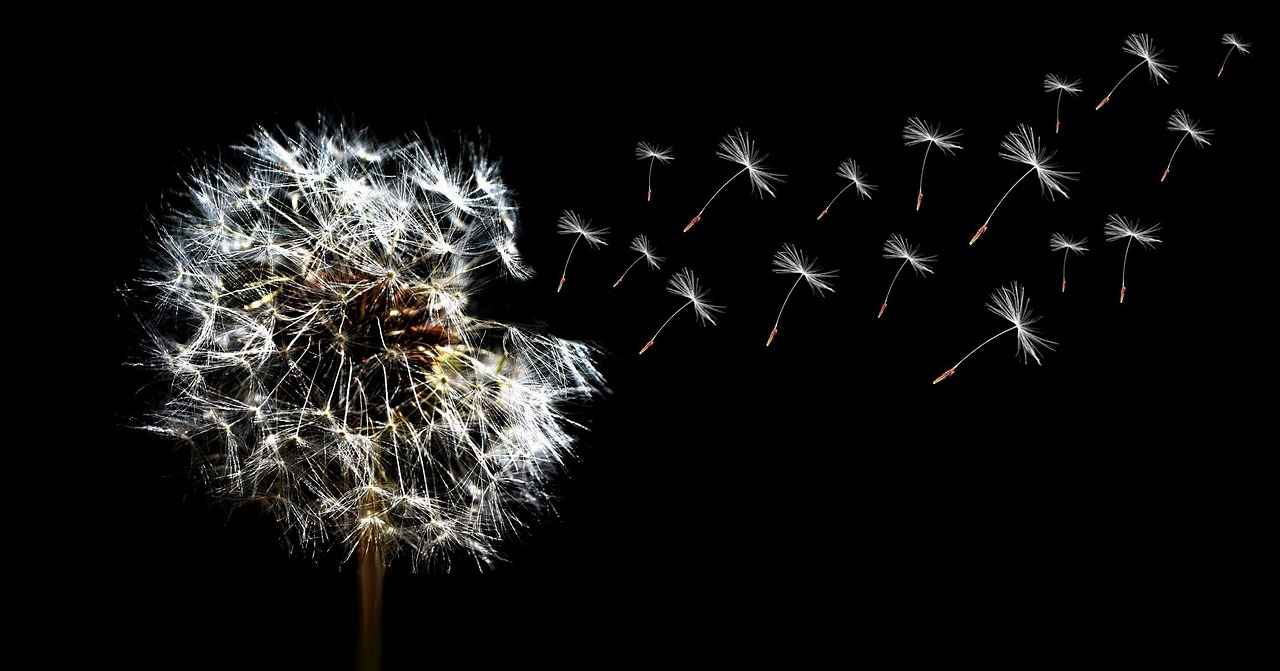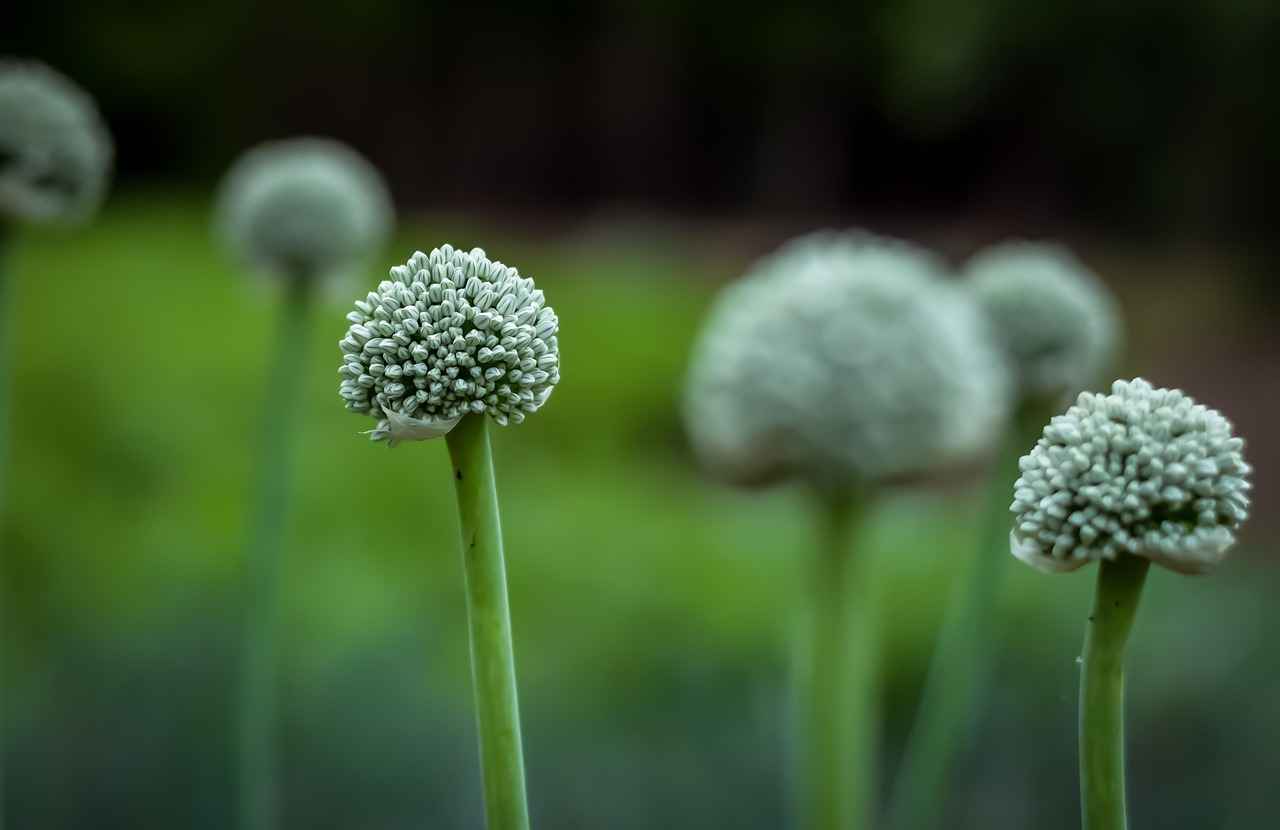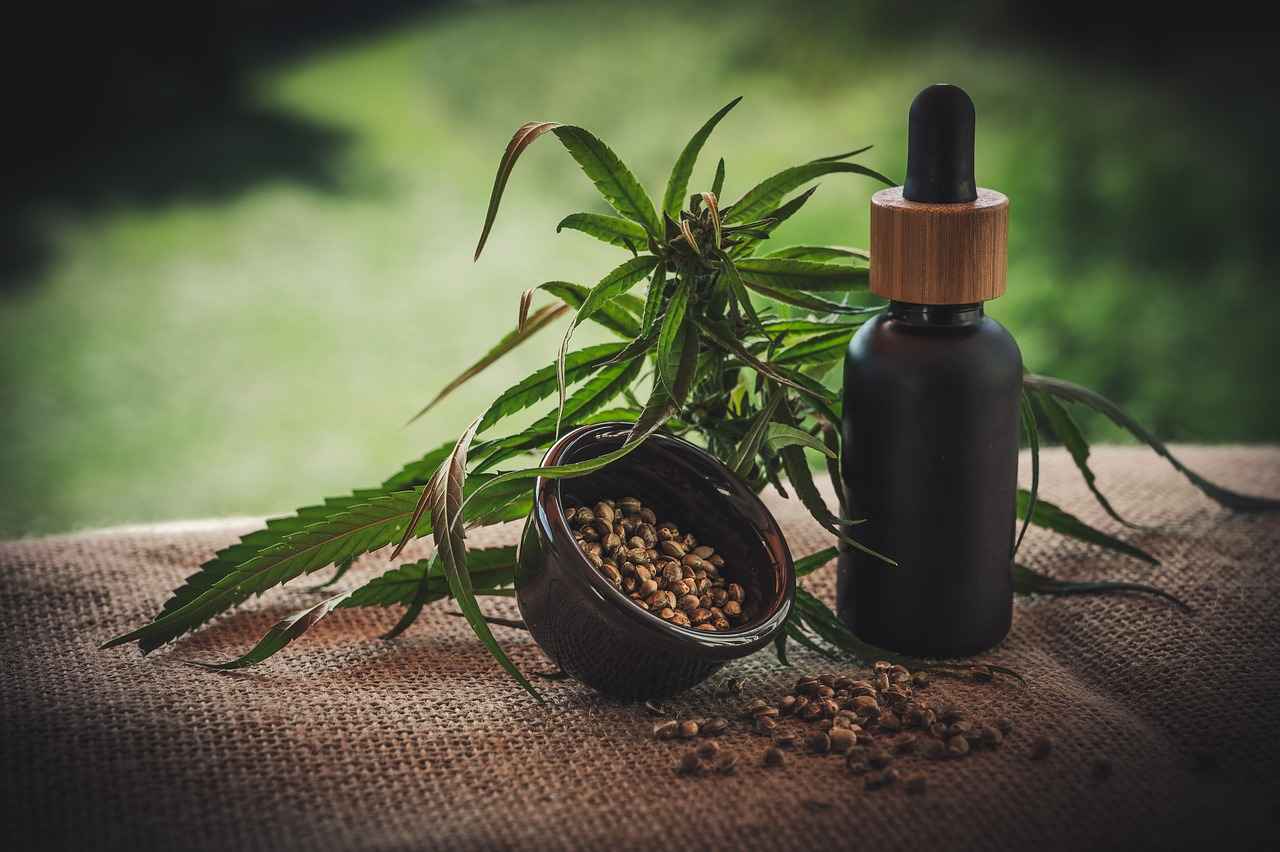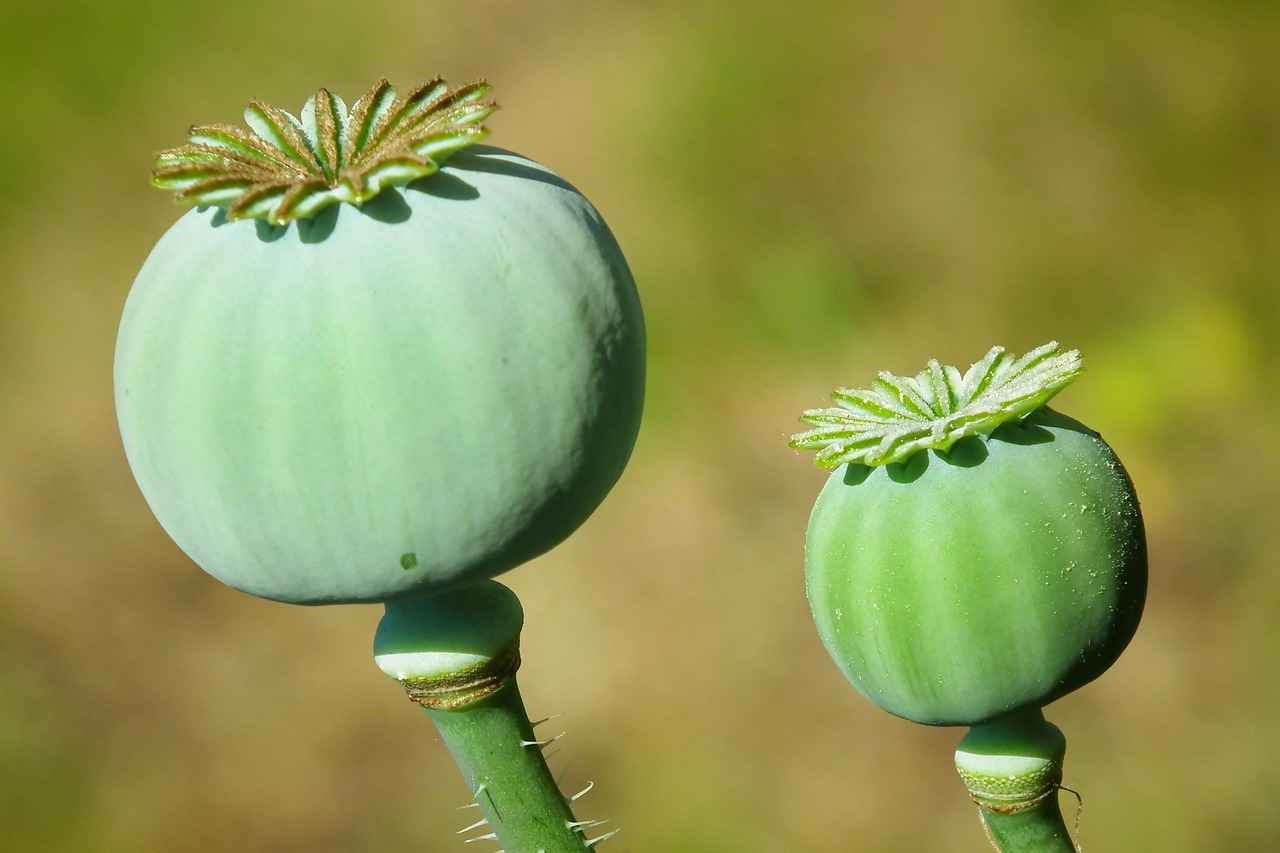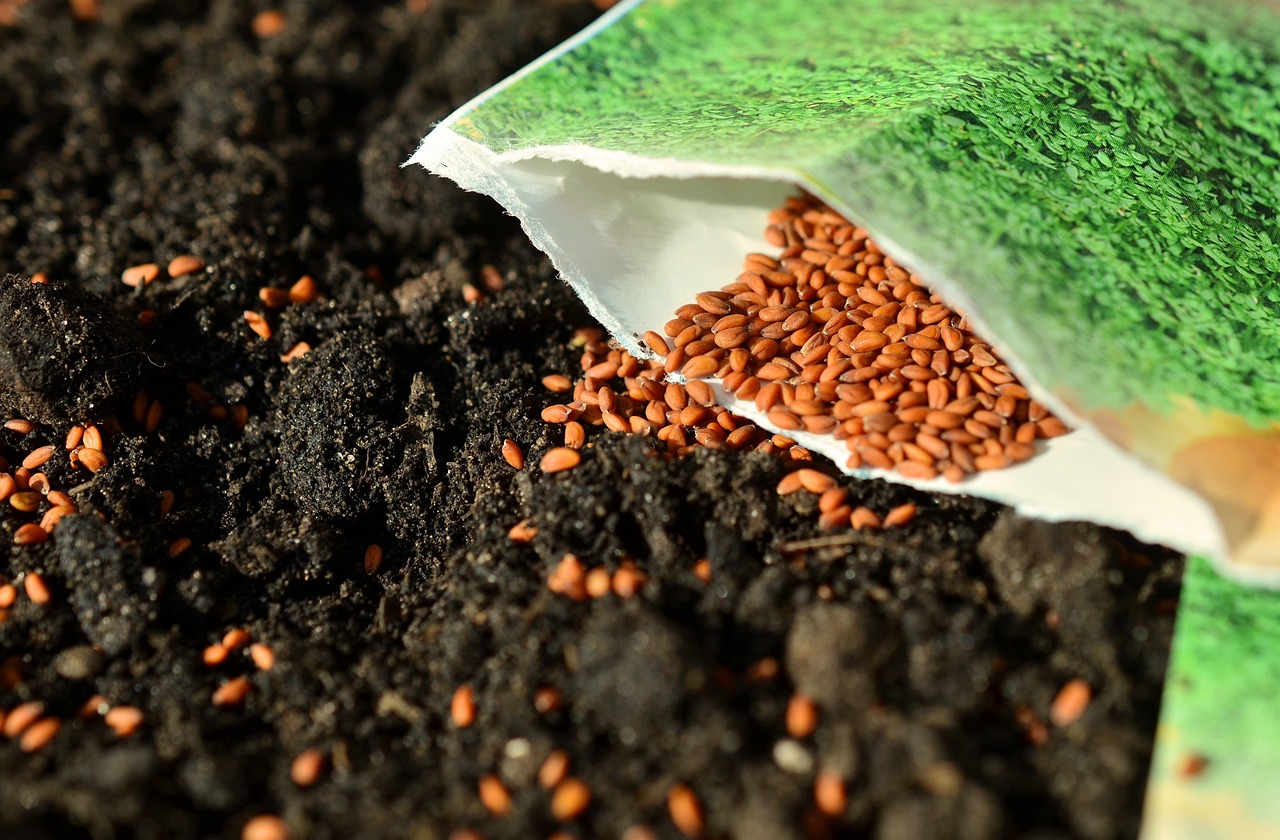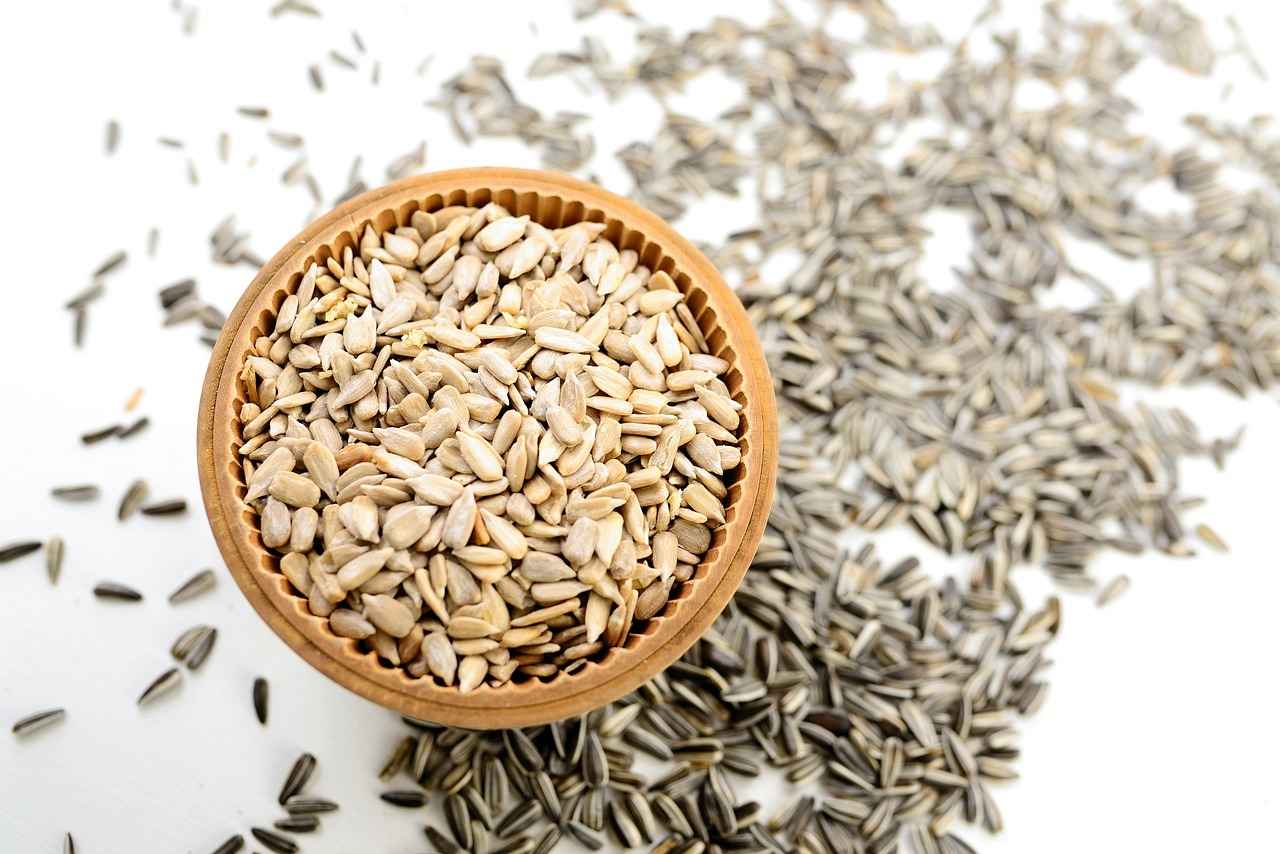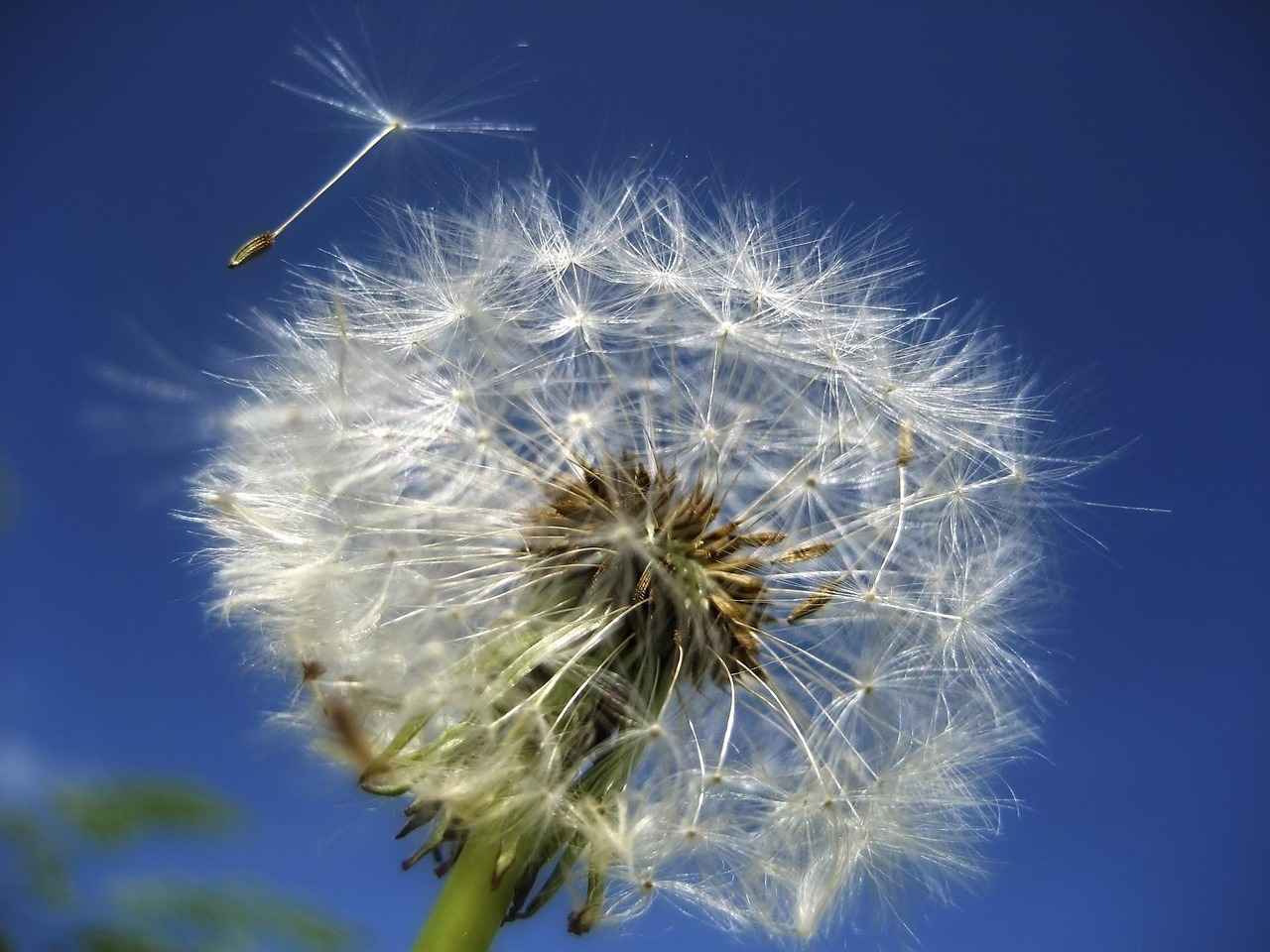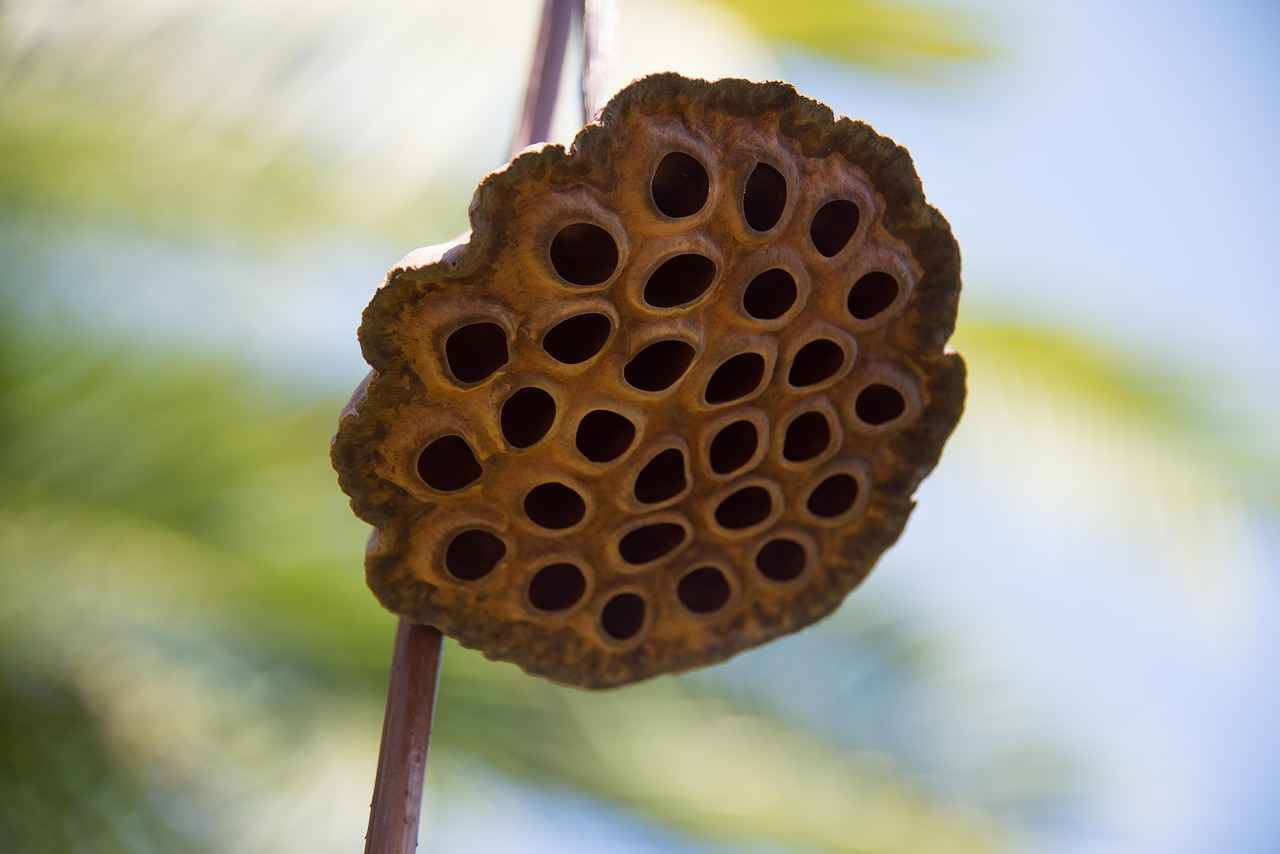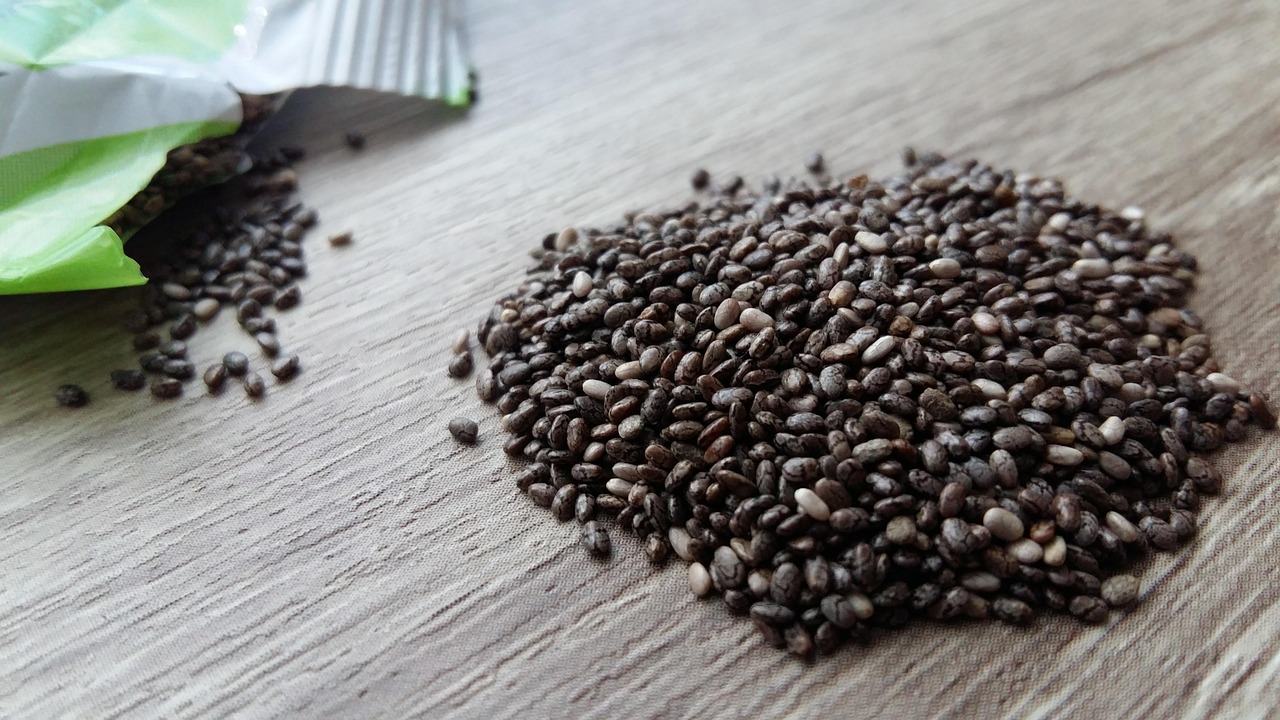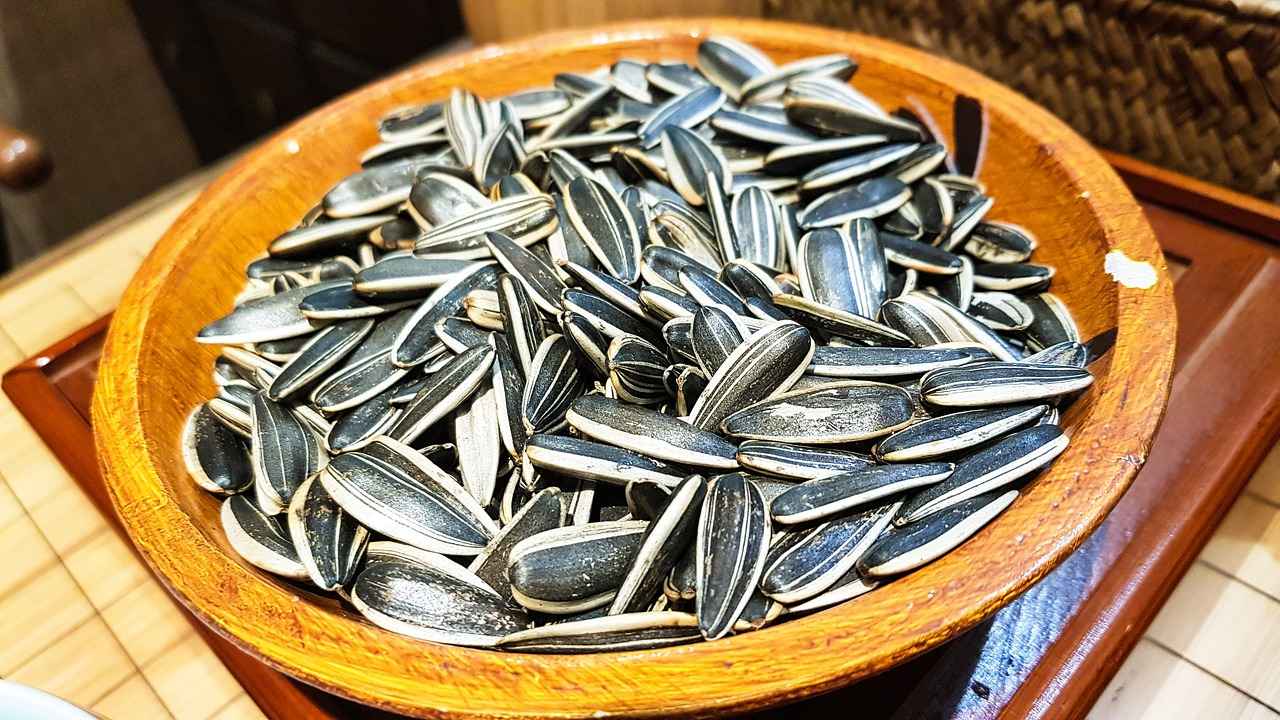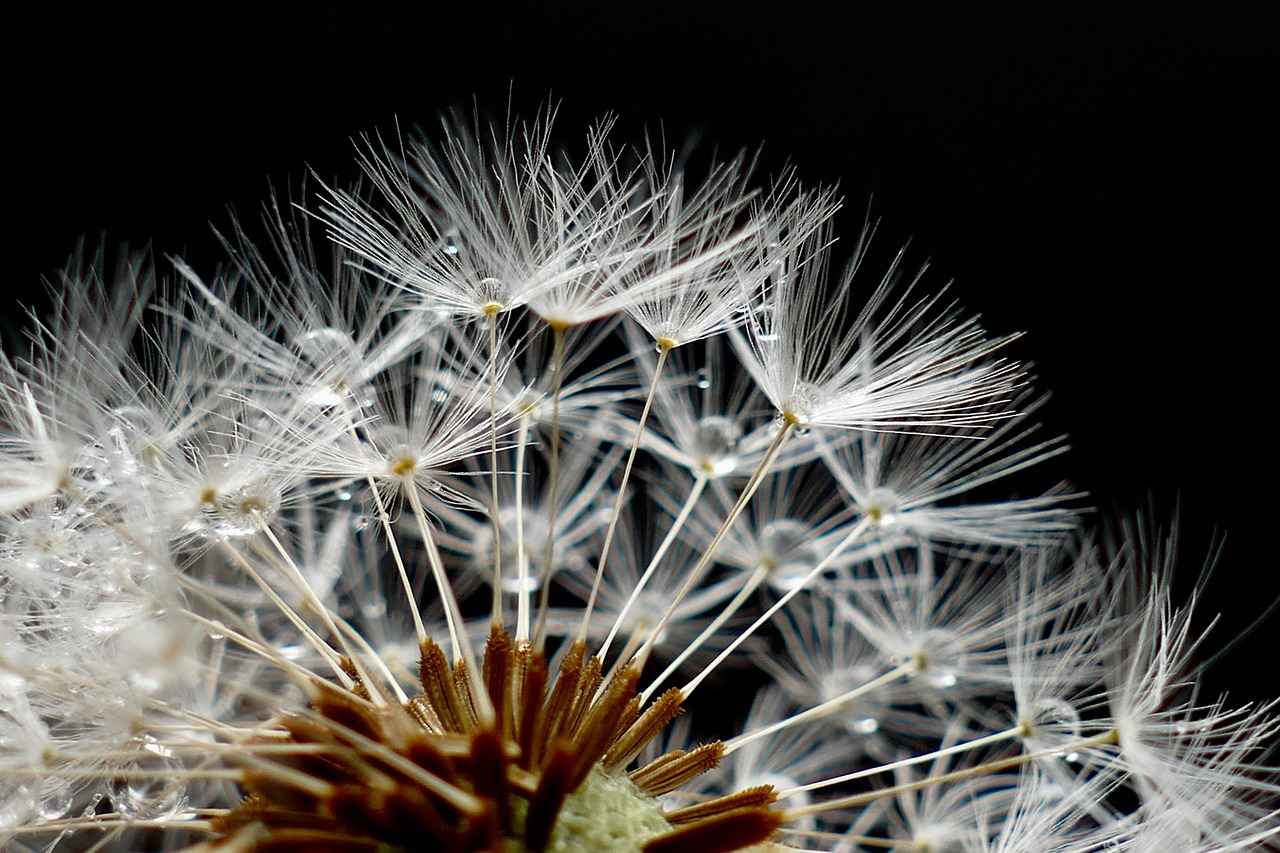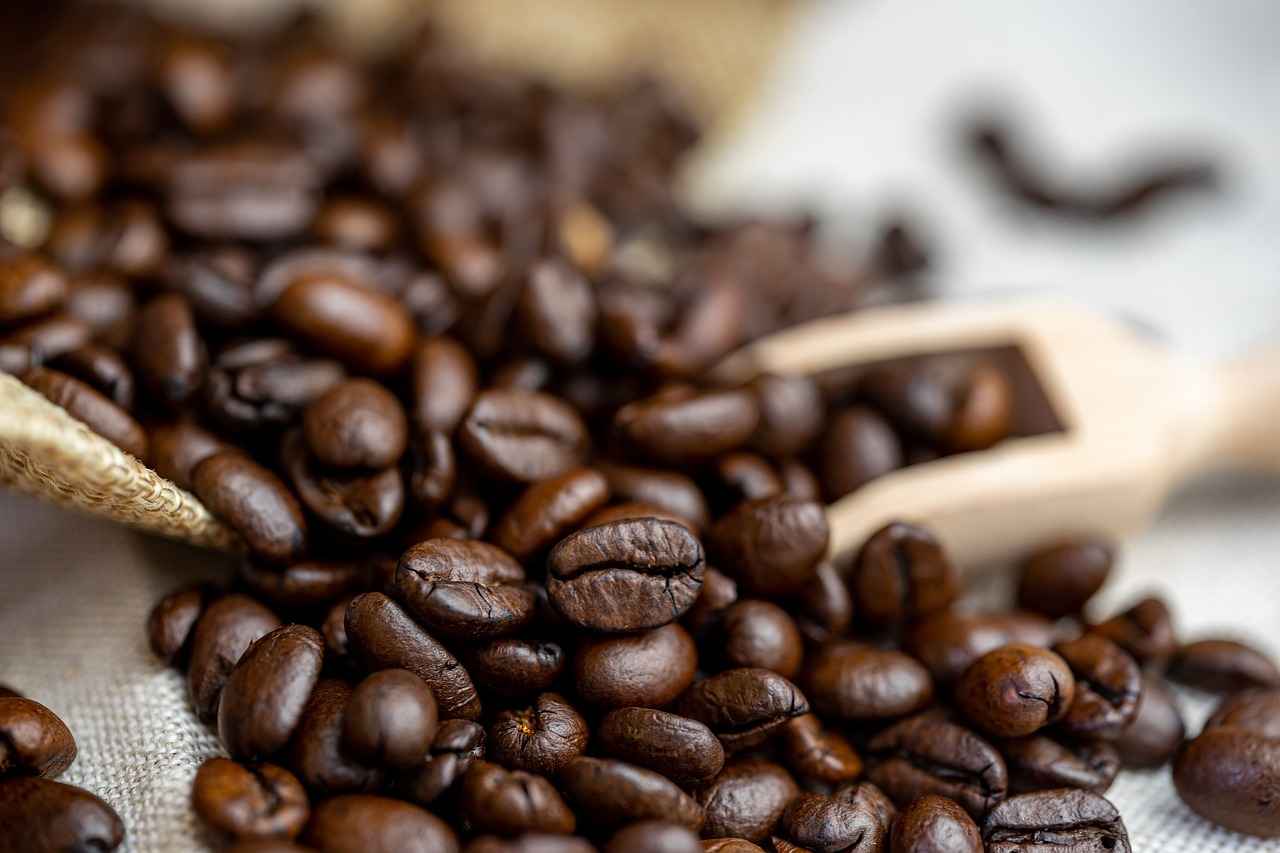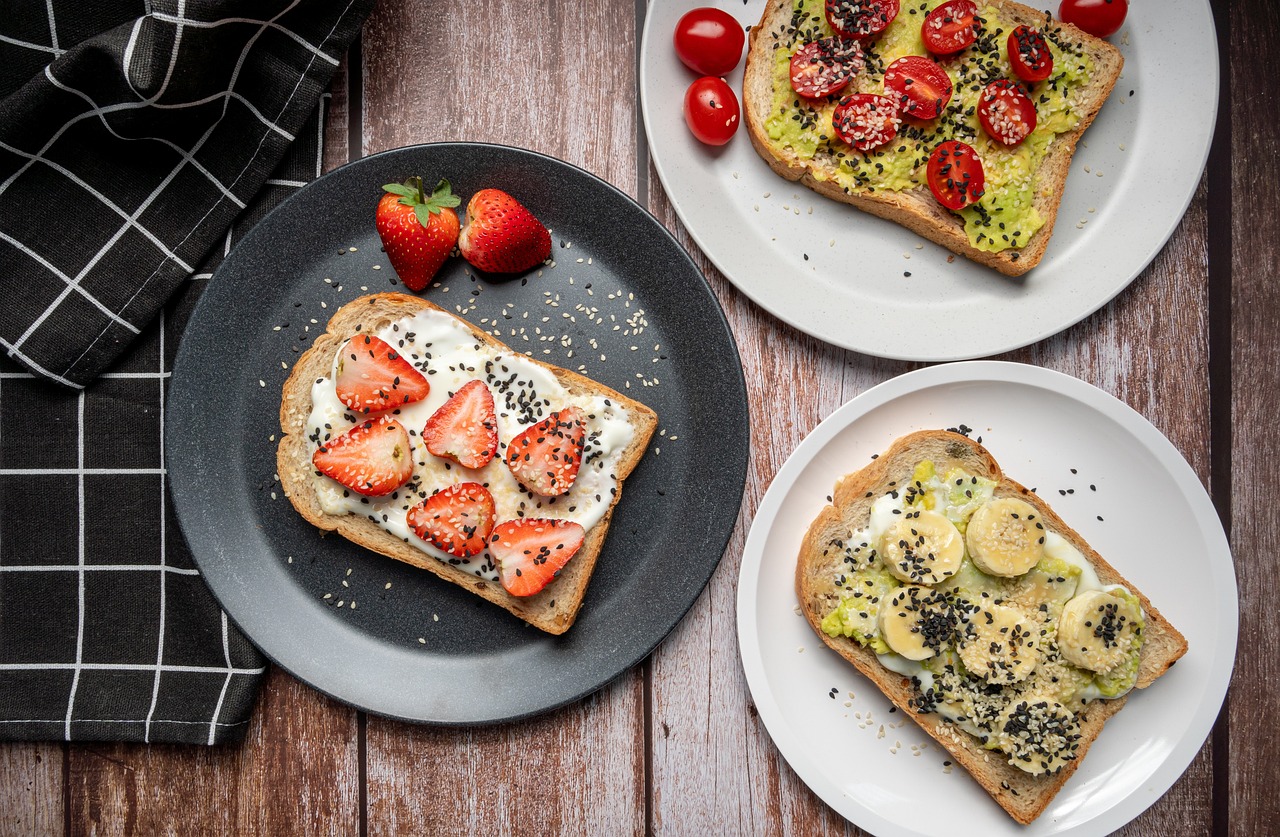This article delves into the shelf life of chia seeds, methods for determining their freshness, and essential tips for proper storage to ensure maximum quality and nutritional value.
What Are Chia Seeds?
Chia seeds, derived from the Salvia hispanica plant, are tiny, nutrient-dense seeds celebrated for their impressive health benefits. They are rich in fiber, omega-3 fatty acids, and various vitamins and minerals, making them a popular addition to many diets.
How Long Do Chia Seeds Last?
The shelf life of chia seeds can vary based on their storage conditions. Generally, if kept in a cool, dark place, they can last for up to two to four years. However, exposure to heat, light, and moisture can significantly reduce their lifespan.
How to Determine If Chia Seeds Have Expired?
To ascertain whether chia seeds are still fresh, look for several indicators of spoilage:
- Visual Inspection: Fresh chia seeds should be uniform in color and free from clumping or discoloration. Any signs of foreign particles may indicate spoilage.
- Smell Test: Fresh chia seeds have a mild, nutty aroma. If they emit a rancid or off-putting smell, it is a clear sign that they have expired.
- Taste Test: A small taste can also reveal freshness. If the seeds taste bitter or unpleasant, it’s best to discard them.
What Affects the Shelf Life of Chia Seeds?
Several factors can influence the longevity of chia seeds:
- Exposure to Air: Oxygen can lead to oxidation, causing rancidity.
- Light: Ultraviolet rays can degrade the quality of chia seeds, leading to a reduction in nutrients.
- Moisture: High humidity can cause chia seeds to clump together and spoil.
How to Store Chia Seeds for Maximum Freshness?
Proper storage methods are crucial for maintaining the quality of chia seeds:
- Using Airtight Containers: Store chia seeds in airtight containers to prevent moisture and air exposure. Glass jars or vacuum-sealed bags are excellent choices.
- Refrigeration and Freezing: For long-term storage, consider refrigerating or freezing chia seeds. This method can extend their freshness for several years.
Can You Use Expired Chia Seeds?
While using expired chia seeds may not pose immediate health risks, their nutritional value may be significantly diminished. It is essential to assess their quality before consumption, as they may not provide the same health benefits as fresh seeds.
Health Benefits of Fresh Chia Seeds
Incorporating fresh chia seeds into your diet offers numerous health benefits, including:
- Improved Digestion: Their high fiber content aids in digestive health.
- Heart Health: Omega-3 fatty acids contribute to cardiovascular wellness.
- Weight Management: Chia seeds can help you feel full longer, supporting weight loss efforts.
What Recipes Can Incorporate Chia Seeds?
Chia seeds are incredibly versatile and can be added to a variety of recipes, enhancing both texture and nutritional content. Consider including them in:
- Smoothies
- Puddings
- Baked goods
- Salads
Final Thoughts on Chia Seed Freshness
Understanding the shelf life and freshness indicators of chia seeds is essential for maximizing their health benefits and minimizing waste. By employing proper storage techniques and regularly checking their quality, you can enjoy the full range of benefits that fresh chia seeds offer.
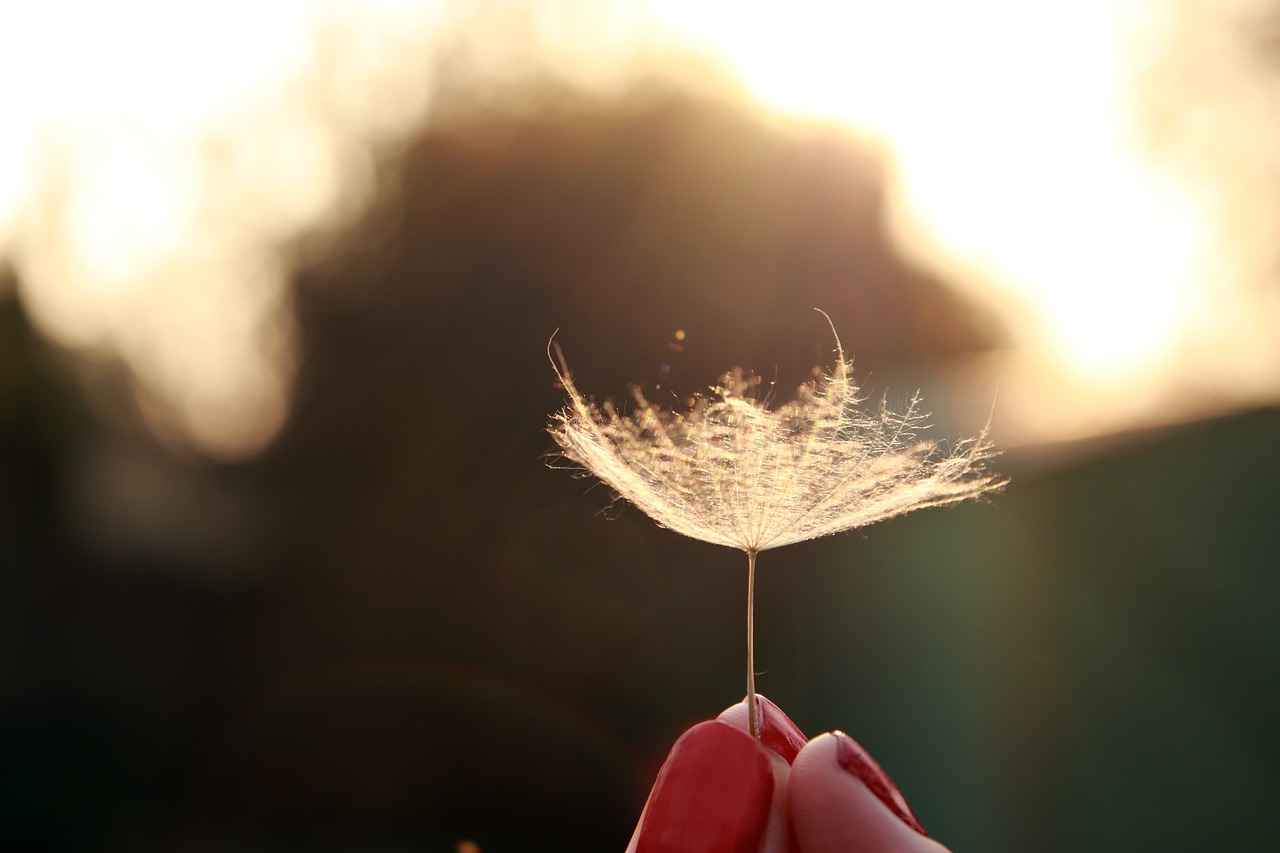
What Are Chia Seeds?
Chia seeds, derived from the Salvia hispanica plant, are gaining popularity as a superfood due to their rich nutrient profile. These tiny seeds, which can be black, white, or gray, are packed with essential nutrients that contribute to overall health.
One of the most notable features of chia seeds is their high fiber content. In fact, a single ounce (about 28 grams) of chia seeds contains approximately 11 grams of dietary fiber, making them an excellent choice for those looking to improve their digestive health. The soluble fiber in chia seeds can absorb water, forming a gel-like substance that helps to maintain a healthy digestive tract and can aid in weight management by promoting a feeling of fullness.
In addition to fiber, chia seeds are a fantastic source of omega-3 fatty acids, particularly alpha-linolenic acid (ALA). Omega-3s are crucial for heart health, as they can help reduce inflammation and lower blood pressure. Regular consumption of chia seeds may also contribute to improved cholesterol levels, further supporting cardiovascular health.
Moreover, chia seeds are rich in antioxidants, which play a vital role in combating oxidative stress and reducing the risk of chronic diseases. These antioxidants help to neutralize free radicals in the body, which can damage cells and lead to various health issues.
What makes chia seeds unique? Unlike many other seeds, chia seeds can absorb up to 12 times their weight in water, which aids in hydration. This property makes them an excellent addition to smoothies, puddings, and even baked goods, as they can enhance texture while providing additional nutrients.
Chia seeds are also a great source of protein, containing about 4 grams per ounce. This makes them a valuable component of vegetarian and vegan diets, helping individuals meet their protein needs without relying solely on animal products.
Incorporating chia seeds into your diet is easy. You can add them to smoothies, sprinkle them on salads, or mix them into yogurt for a nutritious boost. They can also be used to create chia pudding, a popular and healthy dessert option that combines chia seeds with milk or a non-dairy alternative, allowing them to expand and create a creamy texture.
In summary, chia seeds are not just a trendy food item; they are a powerhouse of nutrition that offers numerous health benefits. Their high fiber, omega-3 fatty acids, protein, and antioxidant content make them a versatile addition to any diet. Whether you’re looking to improve your digestion, support heart health, or simply add more nutrients to your meals, chia seeds are an excellent choice.
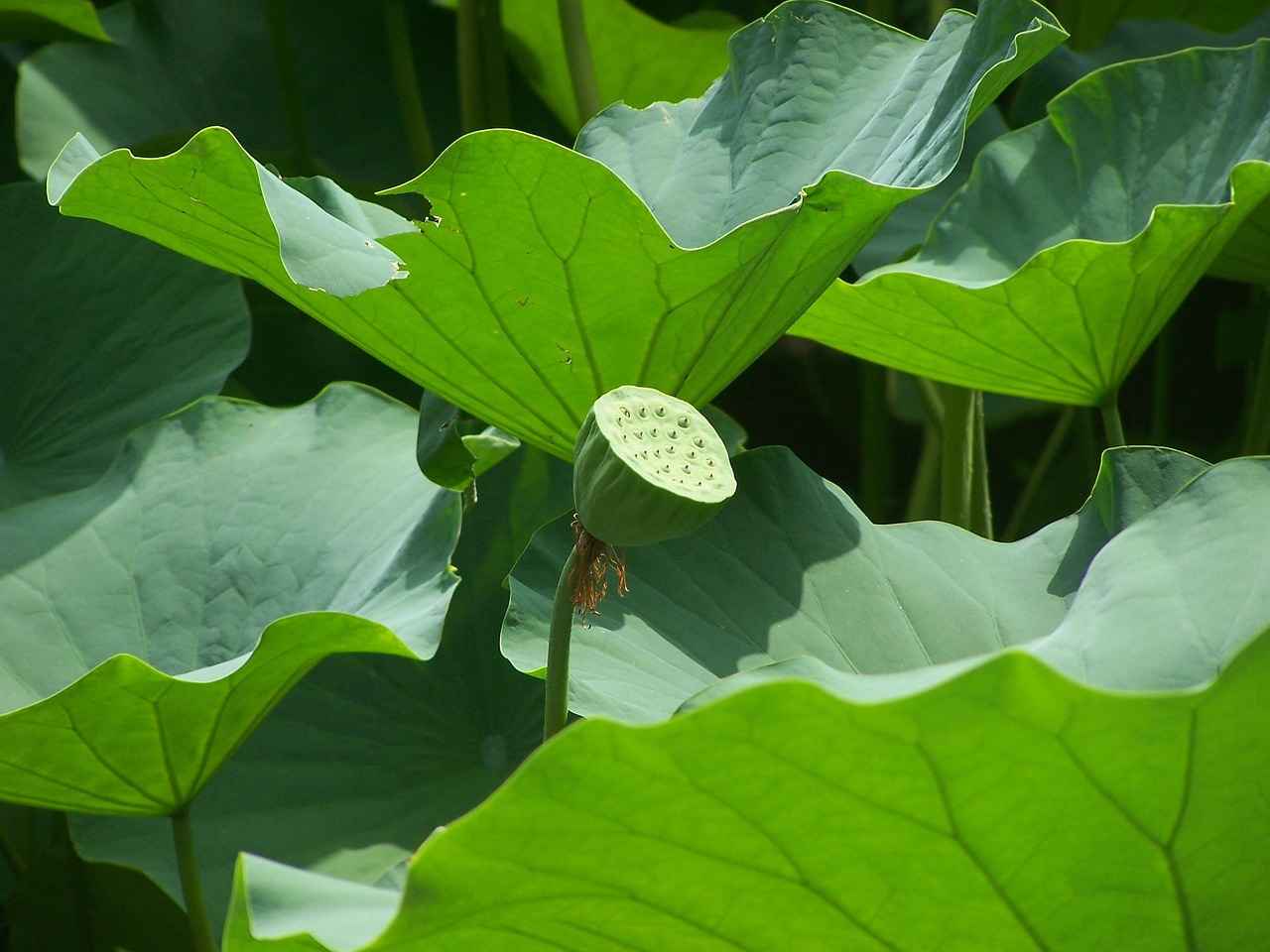
How Long Do Chia Seeds Last?
When it comes to the longevity of chia seeds, understanding their shelf life is essential for both quality and health benefits. Chia seeds, known for their rich nutritional profile, can last for several years if stored properly. However, various factors can influence their freshness and usability over time.
The shelf life of chia seeds can vary significantly based on storage conditions. Generally, if kept in a cool, dark place, they can remain fresh for up to two to four years after the purchase date. The key to maximizing their shelf life lies in how they are stored.
Several factors can impact the longevity of chia seeds:
- Exposure to Air: Chia seeds should be stored in airtight containers to minimize exposure to air, which can lead to oxidation and rancidity.
- Light Exposure: Light can degrade the quality of chia seeds. Keeping them in opaque containers helps protect them from light.
- Moisture: High humidity can cause chia seeds to clump and spoil. It’s crucial to store them in a dry environment.
To ensure that your chia seeds remain fresh for as long as possible, consider the following storage tips:
- Use Airtight Containers: Glass jars, vacuum-sealed bags, or any airtight containers are ideal for preventing moisture and air exposure.
- Refrigeration: For extended shelf life, refrigerating chia seeds can be a great option. This method can help keep them fresh for several years.
- Freezing: Freezing chia seeds is another effective way to preserve their freshness. When sealed properly, they can last indefinitely in the freezer.
Identifying whether chia seeds have expired involves a few simple checks:
- Visual Inspection: Fresh chia seeds should appear uniform in color and free of any foreign particles or clumping.
- Smell Test: They should have a mild, nutty aroma. A rancid smell is a strong indicator that they have gone bad.
- Taste Test: If the seeds have lost their flavor or taste off, it’s best to discard them.
While using expired chia seeds may not pose immediate health risks, their nutritional value may be compromised. It’s advisable to assess their quality before consumption. If they show signs of spoilage, it’s best to err on the side of caution and dispose of them.
Fresh chia seeds offer numerous health benefits, including:
- Improved Digestion: Their high fiber content aids in digestion and promotes gut health.
- Heart Health: Rich in omega-3 fatty acids, chia seeds can help reduce cholesterol levels and support cardiovascular health.
- Weight Management: Chia seeds can absorb water and expand in the stomach, promoting a feeling of fullness.
In summary, understanding the shelf life of chia seeds and the factors that affect their freshness is crucial for maximizing their health benefits. Proper storage techniques, along with regular checks for signs of spoilage, will ensure that you enjoy these nutritious seeds to their fullest potential.
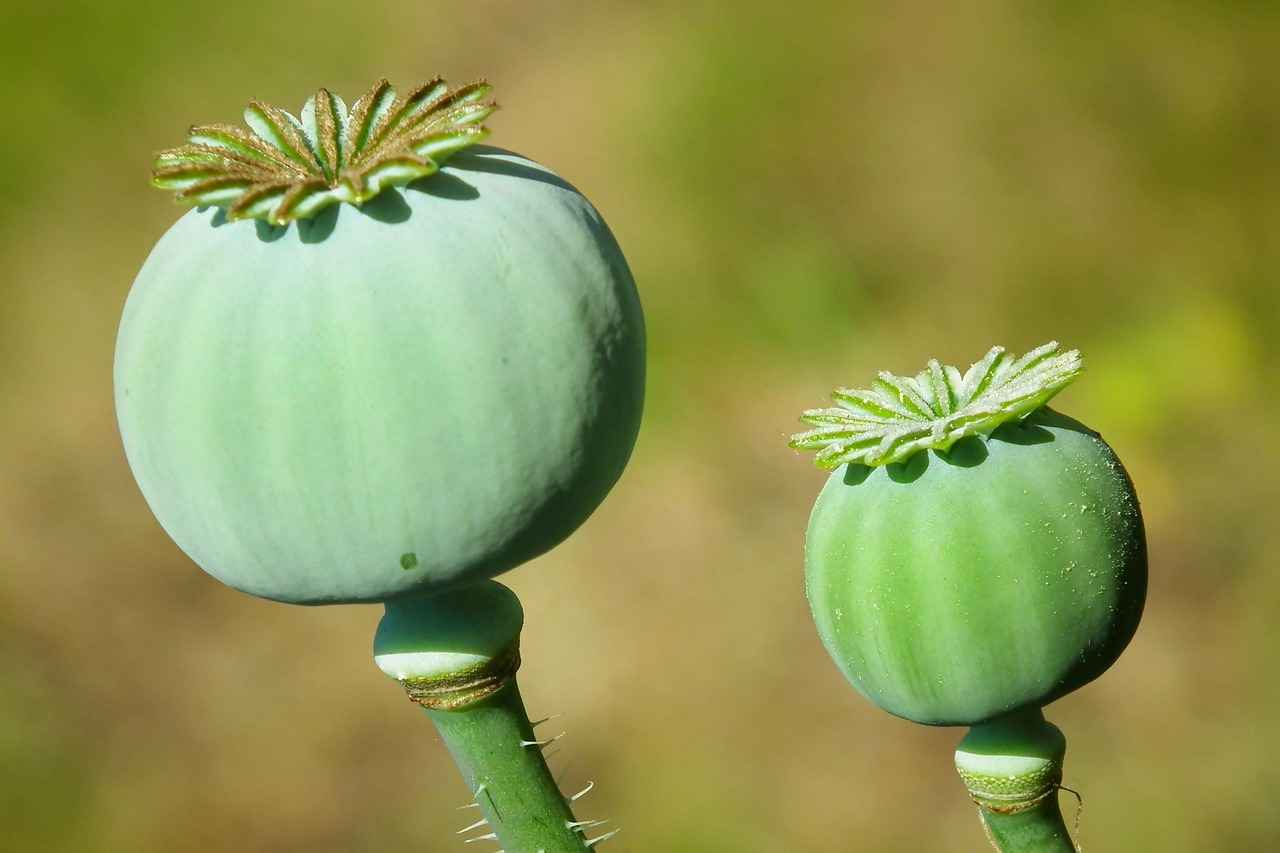
How to Determine If Chia Seeds Have Expired?
Chia seeds are a popular superfood known for their numerous health benefits and versatility in recipes. However, like all food products, they have a shelf life and can expire. Knowing how to determine if your chia seeds are still fresh is essential for maintaining their nutritional value and ensuring food safety.
Identifying expired chia seeds is crucial for both health and culinary purposes. Here are some effective methods to assess their freshness:
- Visual Inspection: Start by examining the chia seeds closely. Fresh seeds should be uniform in color, typically a dark brown or black hue, and free from any foreign particles. If you notice any discoloration, clumping, or a dusty appearance, it’s a sign that the seeds may have gone bad.
- Smell Test: Fresh chia seeds have a mild, nutty aroma. Take a moment to smell the seeds; if they emit a rancid or off-putting odor, it’s a strong indication that they have expired. Rancidity often results from oxidation, which can occur if the seeds are not stored properly.
- Taste Test: If the visual and smell tests are inconclusive, consider tasting a small amount of the seeds. Fresh chia seeds should have a neutral, slightly nutty flavor. If the taste is bitter or unpleasant, it’s best to discard them.
Several factors can affect the shelf life and freshness of chia seeds:
- Storage Conditions: Chia seeds should be stored in a cool, dark place to prevent exposure to light and moisture, which can accelerate spoilage. An airtight container is essential for keeping air and moisture at bay.
- Packaging: The type of packaging can also influence the longevity of chia seeds. Vacuum-sealed or opaque containers are ideal for long-term storage, as they minimize exposure to elements that can lead to rancidity.
Proper storage techniques can significantly extend the shelf life of chia seeds. Here are some effective methods:
- Use Airtight Containers: Store chia seeds in glass jars or vacuum-sealed bags to prevent moisture and air exposure. This is vital for maintaining their freshness and nutritional value.
- Refrigeration and Freezing: For long-term storage, consider refrigerating or even freezing your chia seeds. This method can help prolong their freshness for several years, ensuring you always have high-quality seeds on hand.
In conclusion, being able to determine if chia seeds have expired is vital for enjoying their health benefits and ensuring food safety. Regularly checking for visual signs, odor, and taste can help you assess their quality. Additionally, employing proper storage techniques will help maintain their freshness for as long as possible. By taking these precautions, you can enjoy chia seeds in your diet without worry.
Visual Inspection of Chia Seeds
When it comes to ensuring the quality and freshness of chia seeds, a visual inspection is an essential step. Chia seeds are small, oval-shaped seeds that can vary in color from black to white or gray. However, the key to identifying fresh chia seeds lies in their appearance. Here are some important factors to consider during your inspection:
- Uniform Color: Fresh chia seeds should exhibit a consistent color throughout. If you notice any discoloration, such as dark spots or uneven coloring, it may indicate spoilage. Discoloration can be a sign that the seeds have been exposed to moisture or have started to go rancid.
- Clumping: Another critical aspect to check for is clumping. Fresh chia seeds should be loose and free-flowing. If you observe any clumps or clusters, it suggests that the seeds may have absorbed moisture, which can lead to mold growth or spoilage.
- Foreign Particles: While inspecting your chia seeds, take a moment to look for any foreign particles or debris. Fresh seeds should be clean and devoid of any contaminants. The presence of foreign particles could indicate poor storage conditions or contamination during processing.
- Texture: The texture of chia seeds can also provide clues about their freshness. They should feel firm and slightly crunchy when you bite into them. If they feel soft or mushy, it could be a sign that they are no longer fresh.
In addition to these visual cues, it is also advisable to perform a smell test. Fresh chia seeds have a mild, nutty aroma. If they emit a rancid or off-putting smell, it is best to discard them.
To maximize the freshness of your chia seeds, it’s important to store them properly. Keep them in a cool, dark place in an airtight container to prevent exposure to air and moisture. This will help maintain their quality and nutritional value over time.
In summary, conducting a thorough visual inspection of chia seeds is crucial for ensuring their freshness and quality. By checking for uniform color, clumping, foreign particles, and texture, you can make an informed decision about whether your chia seeds are still good to use. Remember, fresh chia seeds not only enhance your meals but also provide numerous health benefits, making it essential to enjoy them at their best.
Smell and Taste Test
When it comes to determining the freshness of chia seeds, one of the most effective methods is through a . Fresh chia seeds are known for their mild, nutty aroma, which is a good indicator of their quality. However, if you notice any unpleasant or rancid smells, it’s a clear sign that the seeds have gone bad and should not be consumed.
Chia seeds possess a unique characteristic: they can absorb water and expand significantly. This property can also affect their taste. When fresh, they have a subtle flavor that can enhance various dishes, from smoothies to baked goods. However, if the seeds have expired, they may develop a bitter or off-putting taste that can ruin your culinary creations. Always trust your senses; if something seems off, it probably is.
- Odor: A rancid smell is a major red flag. Fresh chia seeds should have a pleasant, nutty scent.
- Taste: If you find that the seeds taste bitter or stale, it’s best to discard them.
- Appearance: Look for any signs of discoloration or clumping, which can indicate moisture exposure.
In addition to the smell and taste test, it’s essential to conduct a visual inspection of the seeds. Fresh chia seeds should be uniform in color, typically a dark brown or black. Any signs of clumping or foreign particles can indicate spoilage. If you find that the seeds are sticky or clumped together, this is often a result of moisture, which can lead to mold growth.
To maintain the freshness of chia seeds and prevent spoilage, proper storage is key. Storing them in airtight containers in a cool, dark place will help prolong their shelf life. Exposure to light, air, and moisture can significantly diminish the quality of chia seeds, leading to rancidity and loss of nutritional value.
For those who buy chia seeds in bulk or want to ensure maximum freshness, consider refrigeration or freezing. These methods can effectively extend the life of your chia seeds, allowing you to enjoy their health benefits for a longer period. Just remember to allow them to reach room temperature before using them in recipes, as moisture can form when bringing cold seeds to a warmer environment.
While using expired chia seeds may not pose immediate health risks, it is important to evaluate their quality before consumption. As mentioned earlier, the nutritional value of chia seeds may diminish over time, so it’s best to err on the side of caution. If they smell or taste off, it’s advisable to discard them to avoid any adverse effects.
In summary, performing a is one of the simplest and most effective ways to determine the freshness of chia seeds. Always be vigilant about the signs of spoilage, and store your seeds properly to ensure they remain a nutritious addition to your diet.
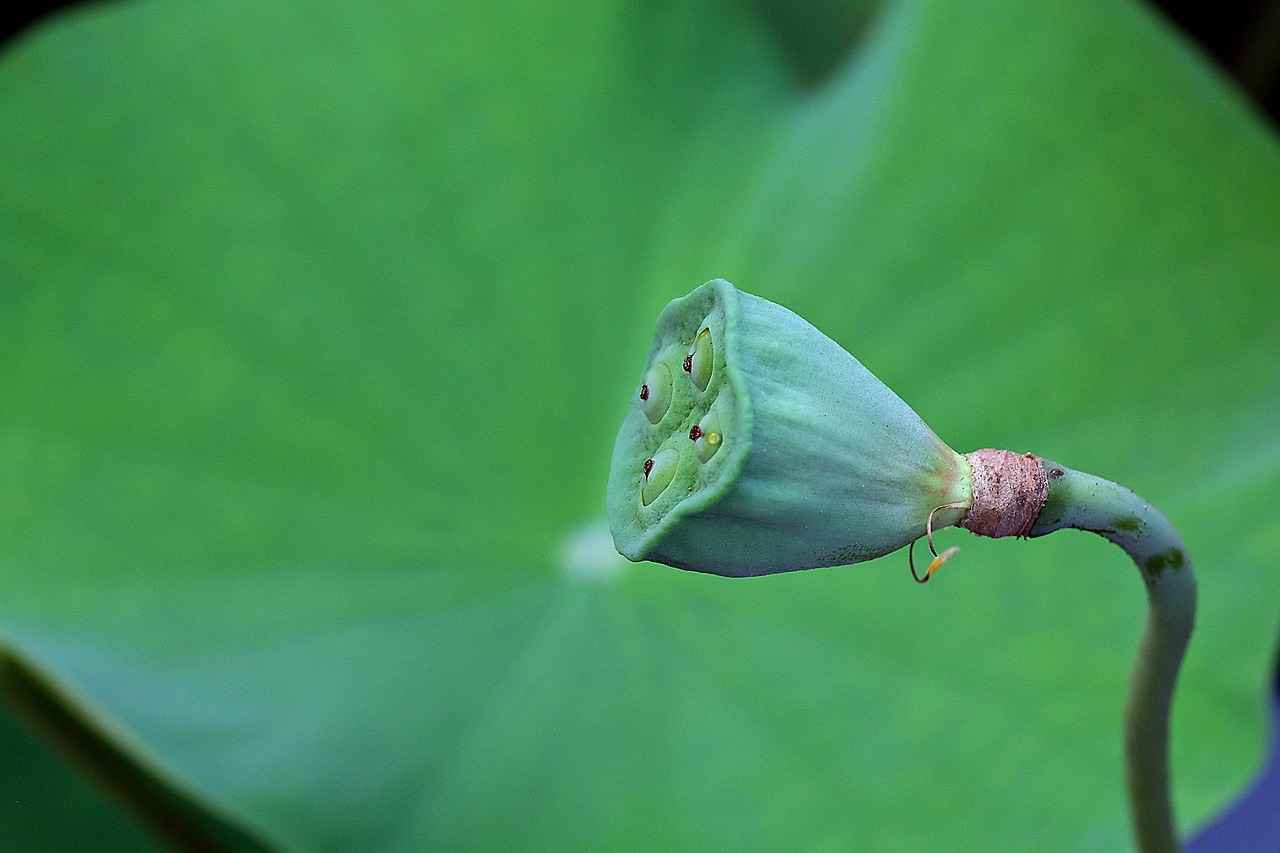
What Affects the Shelf Life of Chia Seeds?
When it comes to the longevity of chia seeds, several factors play a crucial role in determining their shelf life. Understanding these factors can help you maintain the quality and nutritional value of these tiny powerhouses. Below, we will explore the various elements that can affect the shelf life of chia seeds, ensuring you get the most out of your purchase.
Chia seeds are known for their impressive nutrient profile, but their longevity can be compromised by specific environmental conditions. Here are the primary factors that can impact their shelf life:
- Exposure to Air: Chia seeds are sensitive to oxygen. When they are exposed to air, they can oxidize, leading to rancidity. It’s essential to keep them in airtight containers to minimize this risk.
- Light Exposure: Light can also degrade the quality of chia seeds. Ultraviolet rays can break down essential fatty acids, reducing their nutritional benefits. Storing seeds in dark containers or in a dark cupboard can help preserve their freshness.
- Moisture Levels: Moisture is another critical factor affecting chia seeds’ longevity. High humidity can cause them to clump together and become moldy. It’s vital to keep chia seeds in a dry environment to prevent spoilage.
Proper storage is key to extending the shelf life of chia seeds. Here are some effective methods:
- Airtight Containers: Using airtight glass jars or vacuum-sealed bags can significantly reduce exposure to air and moisture, keeping your chia seeds fresh for longer periods.
- Cool, Dark Places: Store your chia seeds in a cool, dark place away from direct sunlight. A pantry or cupboard is ideal for maintaining an optimal environment.
The type of packaging can also influence the longevity of chia seeds. Here are some considerations:
- Vacuum-Sealed Packaging: Vacuum-sealed bags can help keep air out and extend shelf life, making them a favorable choice for long-term storage.
- Opaque Containers: Using opaque containers can shield chia seeds from light exposure, further preserving their quality.
Identifying whether chia seeds have spoiled is essential for ensuring you consume only fresh seeds. Here are some indicators:
- Visual Inspection: Fresh chia seeds should appear uniform in color and texture. Look for any signs of discoloration or clumping, which may indicate spoilage.
- Smell Test: Fresh chia seeds have a mild, nutty aroma. If they emit a rancid or off smell, it’s a clear sign that they have expired.
- Taste Test: If you’re uncertain, tasting a small amount can help. Fresh seeds should have a neutral flavor, while spoiled seeds may taste bitter or off.
In summary, understanding the factors affecting the shelf life of chia seeds can help you enjoy their health benefits for a more extended period. By following proper storage techniques and regularly checking for signs of spoilage, you can ensure that your chia seeds remain fresh and nutritious.
Storage Conditions
When it comes to maintaining the freshness and longevity of chia seeds, understanding the best is crucial. These tiny, nutrient-packed seeds are highly valued for their health benefits, but improper storage can lead to spoilage, diminishing their quality and nutritional value. This section will delve into effective methods for storing chia seeds to ensure they remain fresh for as long as possible.
Chia seeds are sensitive to environmental factors such as air, light, and moisture. These elements can cause the seeds to degrade, resulting in a loss of flavor, texture, and nutritional benefits. By paying attention to the storage conditions, you can significantly extend the shelf life of your chia seeds.
- Airtight Containers: Store chia seeds in airtight containers to prevent exposure to air and moisture. Glass jars with tight-fitting lids, vacuum-sealed bags, or high-quality plastic containers are excellent choices.
- Cool and Dark Locations: Keep your chia seeds in a cool, dark place, such as a pantry or cupboard, away from direct sunlight and heat sources. This helps maintain their freshness and prevents the seeds from going rancid.
- Refrigeration: For those who buy in bulk or want to ensure maximum freshness, consider storing chia seeds in the refrigerator. This method can prolong their shelf life significantly, especially in warmer climates.
- Freezing: If you have a large quantity of chia seeds, freezing them is an effective long-term storage option. Just make sure to use airtight packaging to prevent freezer burn.
Even with proper storage, it’s essential to regularly check your chia seeds for signs of spoilage. Look for:
- Discoloration: Fresh chia seeds should have a consistent color. Any discoloration could indicate spoilage.
- Clumping: If the seeds have clumped together, it may be a sign that they have absorbed moisture and are no longer fresh.
- Off Smell: Fresh chia seeds have a mild, nutty aroma. A rancid smell is a clear indication that they have gone bad.
When stored properly, chia seeds can last for several years. Typically, they remain fresh for about 2 to 4 years when kept in optimal conditions. However, always check for freshness before consumption, especially if the seeds have been stored for an extended period.
By following these storage guidelines, you can ensure that your chia seeds remain fresh and retain their valuable nutrients for as long as possible. Proper storage not only enhances the longevity of the seeds but also maximizes their health benefits, allowing you to incorporate them into your diet effectively.
Packaging Types
The longevity of chia seeds is significantly influenced by their packaging. Understanding the best practices for storing these tiny powerhouses can greatly enhance their shelf life and maintain their nutritional value. In this section, we will delve deeper into the types of packaging that are most effective for long-term storage of chia seeds.
Packaging plays a crucial role in preserving the freshness of chia seeds. The right type of packaging can protect them from moisture, light, and air, all of which can lead to spoilage. When chia seeds are exposed to these elements, they can lose their flavor and nutritional benefits, becoming less effective as a health food.
One of the best options for storing chia seeds is using vacuum-sealed containers. These containers remove air from the packaging, significantly reducing the chances of oxidation. Oxidation can lead to rancidity, which diminishes the seeds’ quality. Vacuum-sealed packages can keep chia seeds fresh for a much longer period compared to traditional packaging methods.
Another effective packaging type is opaque containers. Chia seeds are sensitive to light, which can degrade their quality over time. By using opaque containers, you can shield the seeds from light exposure, thus preserving their freshness. Glass jars that are dark or covered with a cloth can serve as excellent opaque options.
When choosing between glass and plastic containers, glass is often the superior choice. Glass containers do not absorb odors or flavors, which can be a concern with plastic. Additionally, glass is a non-reactive material, meaning it won’t interact with the chia seeds, ensuring they remain untainted. However, if you opt for plastic, ensure it is food-grade and BPA-free to avoid any harmful chemicals leaching into the seeds.
For those looking for a more flexible option, re-sealable bags can be a practical choice. These bags can be easily sealed after each use, minimizing air exposure. However, it’s essential to store them in a cool, dark place to maximize their shelf life. Consider placing these bags inside a larger container to provide additional protection against light and moisture.
Regardless of the packaging type you choose, the location where you store your chia seeds is equally important. Keeping them in a cool, dark place, such as a pantry or a cupboard away from heat sources, can further enhance their longevity. Avoid storing chia seeds near windows or areas with high humidity.
In summary, the type of packaging used for chia seeds can significantly impact their shelf life and overall quality. Opting for vacuum-sealed or opaque containers, utilizing glass over plastic, and ensuring proper storage conditions can all contribute to maintaining the freshness of chia seeds. By following these guidelines, you can enjoy the numerous health benefits of chia seeds while minimizing waste and ensuring you have a nutritious supply on hand.
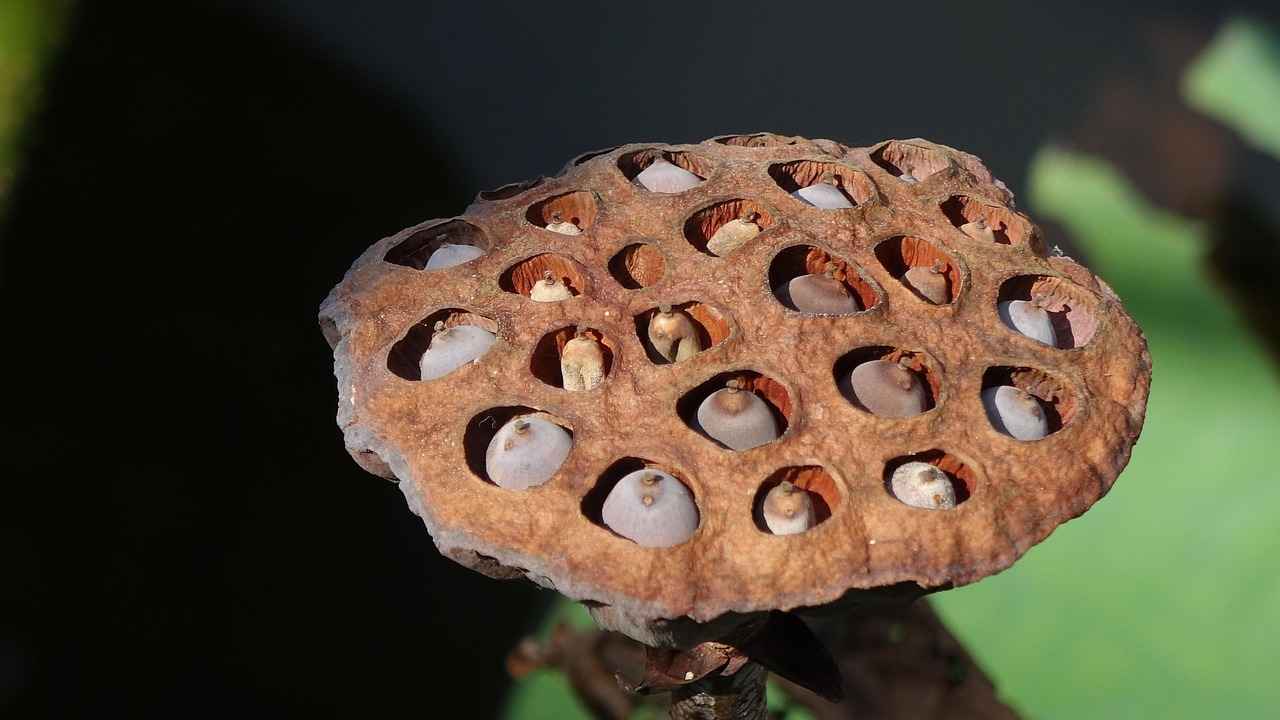
How to Store Chia Seeds for Maximum Freshness?
Proper storage techniques are crucial for maintaining the quality of chia seeds. Here are some effective methods to keep them fresh.
Chia seeds are a powerhouse of nutrients, but to reap their benefits, it’s essential to store them correctly. The way you store chia seeds can significantly impact their freshness and nutritional value. Here are some effective storage methods to ensure that your chia seeds remain in optimal condition:
- Airtight Containers: One of the most effective ways to keep chia seeds fresh is by using airtight containers. These containers prevent air and moisture from entering, which can lead to spoilage. Glass jars with tight-fitting lids or vacuum-sealed bags are excellent choices. Always ensure the container is dry before adding the seeds.
- Cool, Dark Places: Exposure to light and heat can degrade the quality of chia seeds over time. Store your chia seeds in a cool, dark place, such as a pantry or cupboard, away from direct sunlight. Avoid storing them near heat sources like ovens or stoves.
- Refrigeration: For those who buy chia seeds in bulk or want to extend their shelf life even further, consider refrigerating them. Chia seeds can last for several years when kept in the refrigerator. Make sure they are in an airtight container to prevent moisture absorption.
- Freezing for Long-Term Storage: If you want to store chia seeds for an extended period, freezing is a viable option. Place the seeds in a vacuum-sealed bag or airtight container and store them in the freezer. This method can keep them fresh for up to five years.
- Check for Freshness Regularly: Even with proper storage, it’s important to check your chia seeds periodically. Look for any signs of spoilage, such as a rancid smell or discoloration. If they smell off or have changed in appearance, it’s best to discard them.
By following these simple yet effective storage techniques, you can maintain the freshness and quality of your chia seeds. This not only helps in preserving their nutritional benefits but also ensures that you enjoy them in their best form. Whether you use them in smoothies, puddings, or as a topping for various dishes, fresh chia seeds will enhance the flavor and health benefits of your meals.
In summary, proper storage is essential for maintaining the quality of chia seeds. Utilize airtight containers, store them in cool, dark places, and consider refrigeration or freezing for long-term storage. Regularly check for freshness to ensure you are consuming chia seeds at their best. With these tips, you can enjoy the numerous health benefits of chia seeds while minimizing waste.
Using Airtight Containers
is a crucial step in preserving the quality and freshness of chia seeds. These tiny seeds, known for their impressive nutritional profile, can easily succumb to spoilage if not stored properly. In this section, we will delve into the importance of using airtight containers, the best types of containers available, and additional tips for optimal storage.
Chia seeds, like many other food items, are susceptible to the effects of moisture and air exposure. When these seeds are exposed to air, they can oxidize, leading to rancidity and a decline in their nutritional value. This is why utilizing airtight containers is not just a recommendation; it is a necessity for anyone looking to maintain the integrity of their chia seeds.
| Type of Container | Benefits |
|---|---|
| Glass Jars | Non-reactive, allows for visibility, and does not absorb odors. |
| Vacuum-Sealed Bags | Removes air, significantly extending shelf life and protecting against moisture. |
| Opaque Containers | Protects chia seeds from light exposure, which can degrade their quality. |
Choosing the right container is essential. Glass jars are a popular choice because they are non-reactive and do not absorb odors, ensuring that your chia seeds remain pure and untainted. They also allow you to easily check the contents without opening the jar. On the other hand, vacuum-sealed bags are ideal for long-term storage as they remove air and minimize exposure to moisture, which is a leading cause of spoilage.
Another excellent option is using opaque containers, which guard against light exposure. Light can lead to the degradation of essential nutrients, so keeping chia seeds in a dark environment is beneficial for maintaining their health benefits.
In addition to choosing the right container, consider the storage environment. Chia seeds should be kept in a cool, dark place to further enhance their longevity. Avoid storing them near heat sources or in direct sunlight, as these conditions can accelerate spoilage.
When transferring chia seeds into an airtight container, ensure that the container is clean and completely dry. Any residual moisture can promote mold growth and spoilage. After sealing the container, it is wise to label it with the date of purchase or transfer, so you can keep track of their freshness.
For those who purchase chia seeds in bulk or plan to store them for extended periods, consider freezing them. Freezing chia seeds in airtight containers can help maintain their freshness for several years. Just be sure to portion them into smaller amounts before freezing, as this makes it easier to access only what you need without repeatedly exposing the entire batch to air.
In summary, using airtight containers is a fundamental practice for anyone looking to maximize the freshness and shelf life of chia seeds. Whether you opt for glass jars, vacuum-sealed bags, or opaque containers, ensuring that your chia seeds are protected from air, moisture, and light will allow you to enjoy their health benefits for a longer time.
Refrigeration and Freezing Options
When it comes to preserving the freshness of chia seeds, refrigeration and freezing are two of the most effective methods. These techniques not only help in maintaining the seeds’ nutritional value but also significantly extend their shelf life. Many people are unaware that proper storage can keep chia seeds fresh for several years, making them a worthwhile investment for health-conscious individuals.
Why Refrigerate Chia Seeds?
Refrigeration slows down the oxidation process, which is crucial for preserving the healthy fats found in chia seeds. Storing them in the refrigerator can help maintain their crunchy texture and prevent them from becoming rancid. For optimal results, place the chia seeds in an airtight container to prevent moisture and odors from affecting their quality.
How to Freeze Chia Seeds?
Freezing is another excellent option for long-term storage. To freeze chia seeds effectively, follow these simple steps:
- Ensure the seeds are completely dry before freezing.
- Use vacuum-sealed bags or airtight containers to prevent freezer burn.
- Label the containers with the date to keep track of their storage duration.
When you need to use the frozen chia seeds, simply take out the required amount and let them thaw at room temperature. They can be used in various recipes, just like fresh seeds.
How Long Can You Store Chia Seeds in the Refrigerator or Freezer?
When stored properly, chia seeds can last up to two years in the refrigerator and even longer in the freezer. This longevity makes them a convenient option for those who like to buy in bulk and save money. However, it is essential to regularly check for any signs of spoilage, such as changes in smell or appearance.
Best Practices for Storing Chia Seeds
To ensure the best quality, follow these best practices:
- Keep chia seeds away from direct sunlight and heat sources.
- Use opaque containers to shield them from light.
- Always seal the container tightly after each use to minimize air exposure.
Can You Mix Refrigerated or Frozen Chia Seeds with Other Ingredients?
Yes, you can easily incorporate refrigerated or frozen chia seeds into your meals. They can be added to smoothies, yogurt, or baked goods without any issues. Just remember that if you are using frozen seeds, allow them to thaw or soak in liquid for a few minutes to achieve the desired consistency.
Conclusion
Utilizing refrigeration and freezing methods can significantly prolong the freshness of chia seeds. By following these storage tips, you can enjoy the numerous health benefits of chia seeds while minimizing waste. Whether you choose to refrigerate or freeze, maintaining the quality of your chia seeds is essential for maximizing their nutritional value.
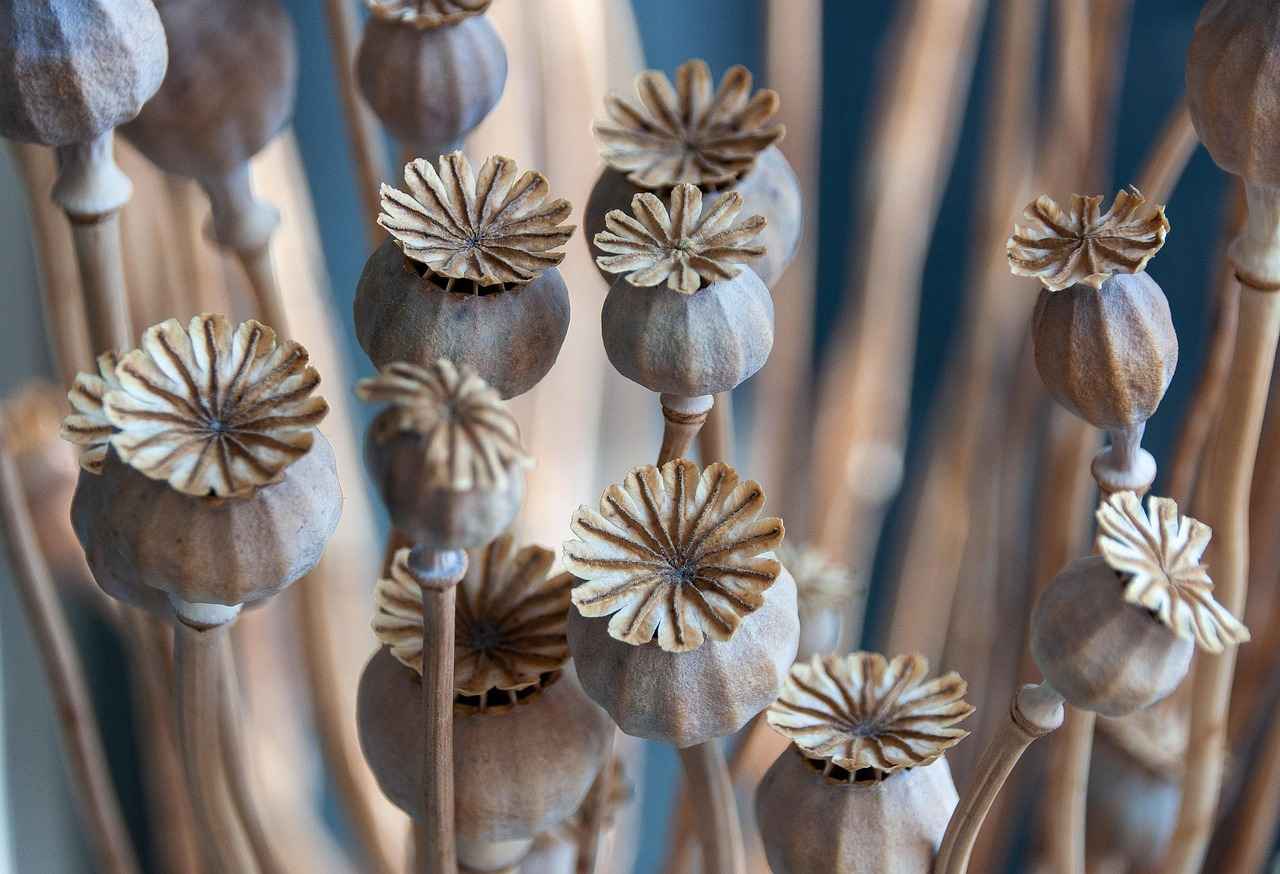
Can You Use Expired Chia Seeds?
Chia seeds, known for their nutritional benefits and versatility in cooking, have become a staple in many households. However, like all food products, they come with a shelf life. This raises the question: Can you safely use expired chia seeds? While the answer may vary based on several factors, understanding the implications of using expired chia seeds is essential for maintaining both health and nutrition.
First, it’s important to note that chia seeds do not “expire” in the traditional sense like perishable foods. Instead, they have a shelf life that can last for several years when stored properly. However, using chia seeds past their recommended date may not pose immediate health risks. That said, their nutritional value can diminish over time. The longer they sit, the less effective they may be in delivering the health benefits you seek.
To determine whether expired chia seeds are still safe to consume, several factors should be considered:
- Visual Inspection: Check for any signs of spoilage. Fresh chia seeds should be uniform in color and free from clumps or discoloration. If you notice any unusual particles or a change in texture, it’s best to discard them.
- Smell Test: Fresh chia seeds have a mild, nutty aroma. If they emit a rancid or off-putting smell, this could indicate spoilage, and they should not be consumed.
- Taste Test: If the seeds pass the visual and smell tests, you can try a small taste. Fresh chia seeds should have a neutral flavor. If they taste bitter or sour, it’s advisable to throw them away.
Moreover, the storage conditions of chia seeds play a crucial role in their longevity. Exposure to light, air, and moisture can accelerate spoilage. To maximize freshness, store chia seeds in airtight containers in a cool, dark place. This helps prevent the seeds from going rancid and maintains their nutritional profile.
Additionally, consider the packaging type. Vacuum-sealed or opaque containers are recommended for long-term storage, as they protect the seeds from environmental factors that can lead to spoilage.
While using expired chia seeds may not lead to immediate health concerns, it’s essential to be mindful of their diminished nutritional benefits. Fresh chia seeds are packed with omega-3 fatty acids, fiber, and essential nutrients that contribute to overall health. When these seeds lose their freshness, you may miss out on these valuable health benefits.
Incorporating chia seeds into your diet can enhance your meals, but ensuring their freshness is key. If you find yourself with expired seeds, assess their quality through visual inspection, smell, and taste tests. If they pass these checks, they can still be used in recipes such as smoothies, oatmeal, or baking. However, if there are any doubts about their quality, it is always safer to err on the side of caution and replace them with fresh seeds.
In summary, while expired chia seeds may not pose significant health risks, their nutritional value can decline. Regularly checking your chia seeds and storing them properly can help you enjoy their health benefits while minimizing waste.
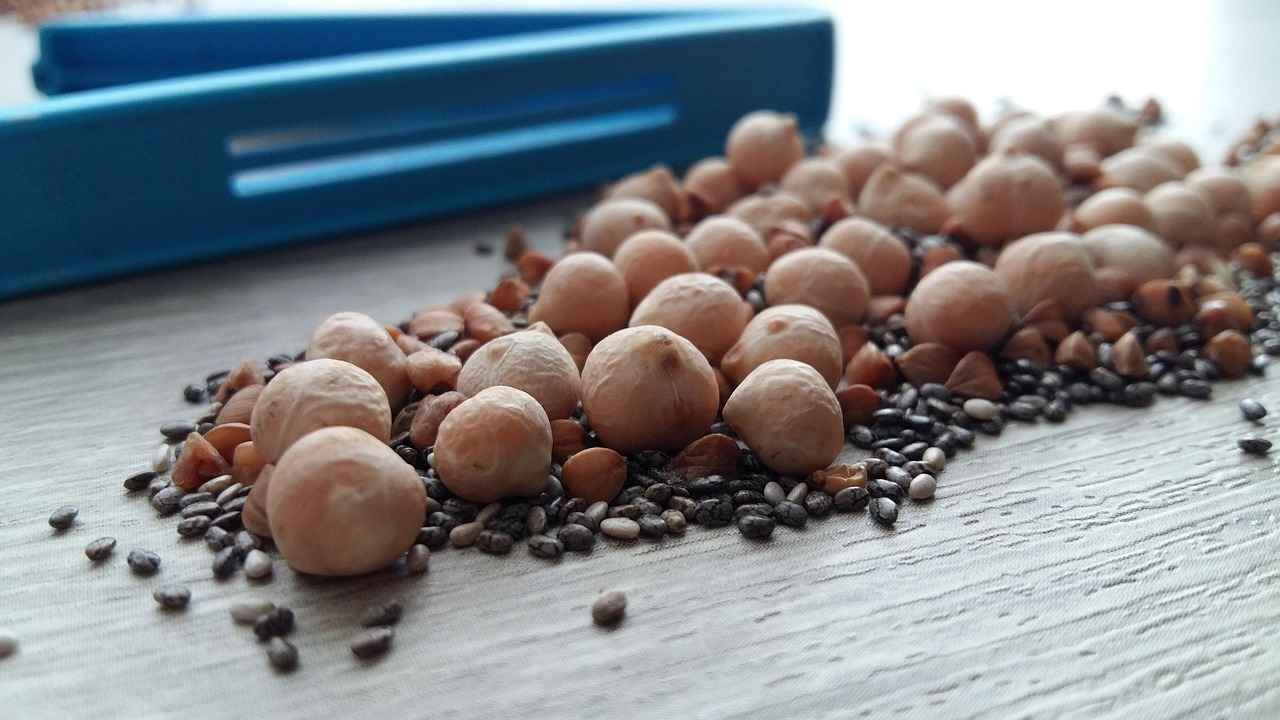
Health Benefits of Fresh Chia Seeds
Chia seeds, derived from the Salvia hispanica plant, have gained immense popularity in recent years due to their remarkable health benefits. These tiny seeds are packed with essential nutrients that can significantly enhance overall well-being. In this article, we will explore the and why they should be a staple in your diet.
Chia seeds are a powerhouse of nutrients. They are rich in fiber, which aids in digestion and promotes a feeling of fullness, making them an excellent addition for those looking to manage their weight. Additionally, they contain a high concentration of omega-3 fatty acids, which are essential for heart health. These fatty acids help reduce inflammation and lower cholesterol levels.
The high fiber content in chia seeds contributes to improved digestion. When consumed, chia seeds absorb water and expand, forming a gel-like substance that helps regulate bowel movements. This property can alleviate issues such as constipation and promote a healthy gut environment.
Incorporating chia seeds into your diet can aid in weight management. Their ability to absorb liquid and swell in the stomach can lead to increased satiety, reducing overall calorie intake. Additionally, the slow digestion of chia seeds helps maintain stable blood sugar levels, preventing sudden hunger pangs.
Chia seeds are known to support heart health due to their high levels of omega-3 fatty acids and antioxidants. These components work together to lower blood pressure, reduce bad cholesterol levels, and improve overall cardiovascular function. Regular consumption of chia seeds can lead to a lower risk of heart disease.
- Bone Health: Chia seeds are an excellent source of calcium, magnesium, and phosphorus, which are essential for strong bones.
- Anti-Inflammatory Properties: The antioxidants in chia seeds help combat oxidative stress and inflammation in the body.
- Blood Sugar Control: The soluble fiber in chia seeds can help regulate blood sugar levels, making them a great option for those with diabetes.
Adding chia seeds to your meals is simple and versatile. Here are some practical ways to include them:
- Smoothies: Blend chia seeds into your favorite smoothies for an added nutritional boost.
- Puddings: Mix chia seeds with almond milk or coconut milk and let them sit overnight for a delicious pudding.
- Baking: Incorporate chia seeds into baked goods like muffins and bread for extra texture and nutrition.
Fresh chia seeds offer a multitude of health benefits, from improved digestion to enhanced heart health and effective weight management. Their impressive nutritional profile makes them a valuable addition to any diet. By incorporating chia seeds into your meals, you can enjoy their numerous advantages while enhancing your overall health. Remember to store them properly to maintain their freshness and nutritional quality.
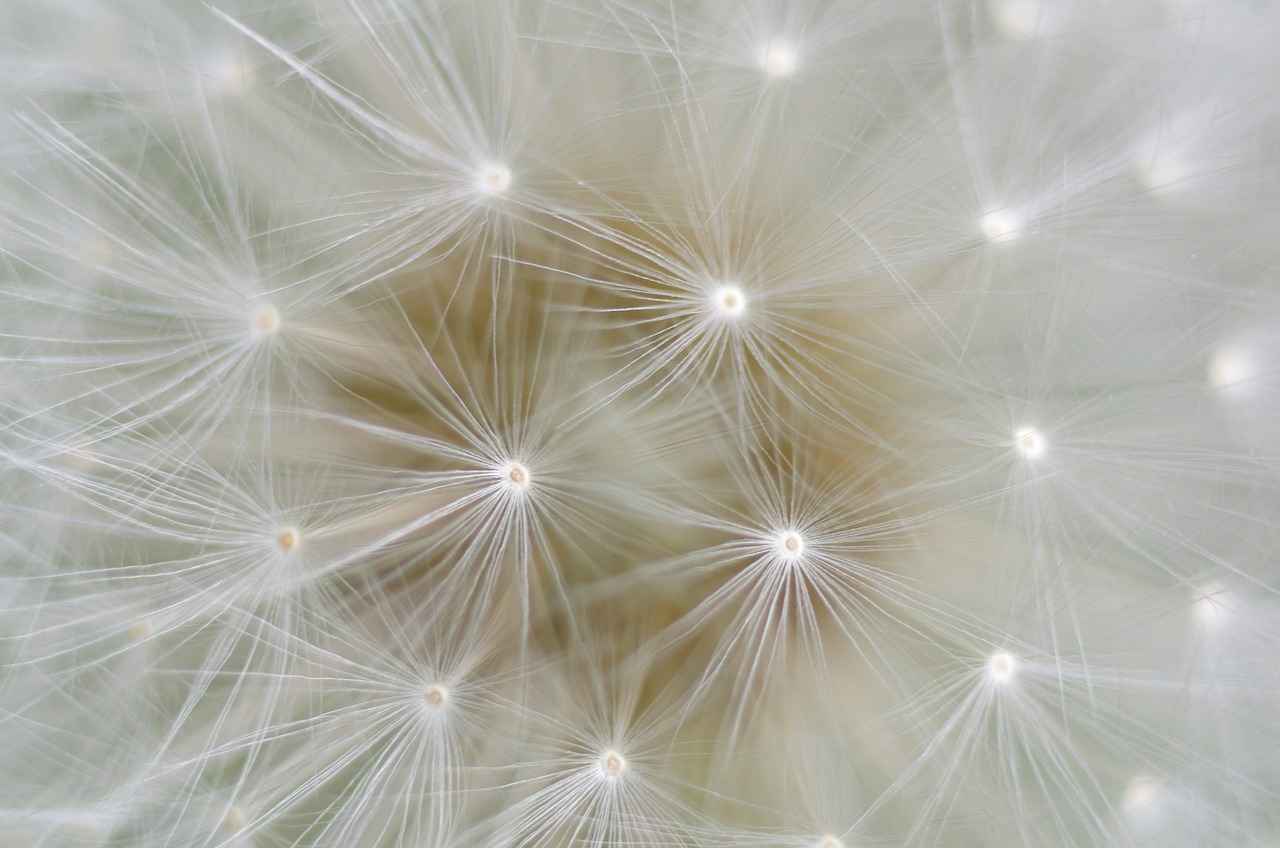
What Recipes Can Incorporate Chia Seeds?
Chia seeds are incredibly versatile and can be seamlessly integrated into a wide variety of dishes. Their unique gel-like texture when soaked in liquid makes them a popular choice for enhancing both flavor and nutritional value in recipes. Below are some delicious and healthy ways to incorporate chia seeds into your meals.
Adding chia seeds to your morning smoothie is an excellent way to boost its nutritional content. They provide a good source of fiber, protein, and omega-3 fatty acids. Here’s a simple recipe:
- Ingredients: 1 banana, 1 cup of spinach, 1 tablespoon of chia seeds, 1 cup of almond milk.
- Instructions: Blend all ingredients until smooth. Enjoy a nutritious start to your day!
Chia seeds make a fantastic base for puddings due to their ability to absorb liquid and create a creamy texture. One popular option is Chia Seed Pudding.
- Ingredients: 1/4 cup chia seeds, 1 cup coconut milk, 1 tablespoon maple syrup, and a pinch of vanilla extract.
- Instructions: Mix all ingredients in a bowl. Let it sit in the refrigerator for at least 4 hours or overnight. Serve chilled, topped with fruits or nuts.
Chia seeds can also be added to baked goods for added crunch and nutrition. For example, you can mix them into muffin or bread batter.
- Recipe Idea: Add 2 tablespoons of chia seeds to your favorite muffin recipe to enhance its fiber content.
Chia seeds are not just for sweet dishes; they can also be included in savory meals. Consider sprinkling them on salads or mixing them into homemade dressings.
- Salad Dressing Recipe: Combine olive oil, lemon juice, and 1 tablespoon of chia seeds for a nutritious dressing.
Chia seeds are a great addition to homemade energy bars. Their binding properties help hold the bars together while providing a nutrient boost.
- Ingredients: 1 cup oats, 1/2 cup nut butter, 1/4 cup honey, and 1/4 cup chia seeds.
- Instructions: Mix all ingredients, press into a pan, and refrigerate until firm. Cut into bars and enjoy!
Chia seeds can also be added to soups for a thickening effect. Simply stir in a tablespoon of chia seeds to your favorite soup recipe to enhance its nutritional profile.
In conclusion, chia seeds are a fantastic ingredient that can be used in a multitude of recipes, from smoothies and puddings to savory dishes and baked goods. Their ability to enhance both texture and nutrition makes them a valuable addition to any meal. Whether you’re looking to boost your breakfast or add some crunch to your salad, chia seeds can fit seamlessly into your culinary creations.
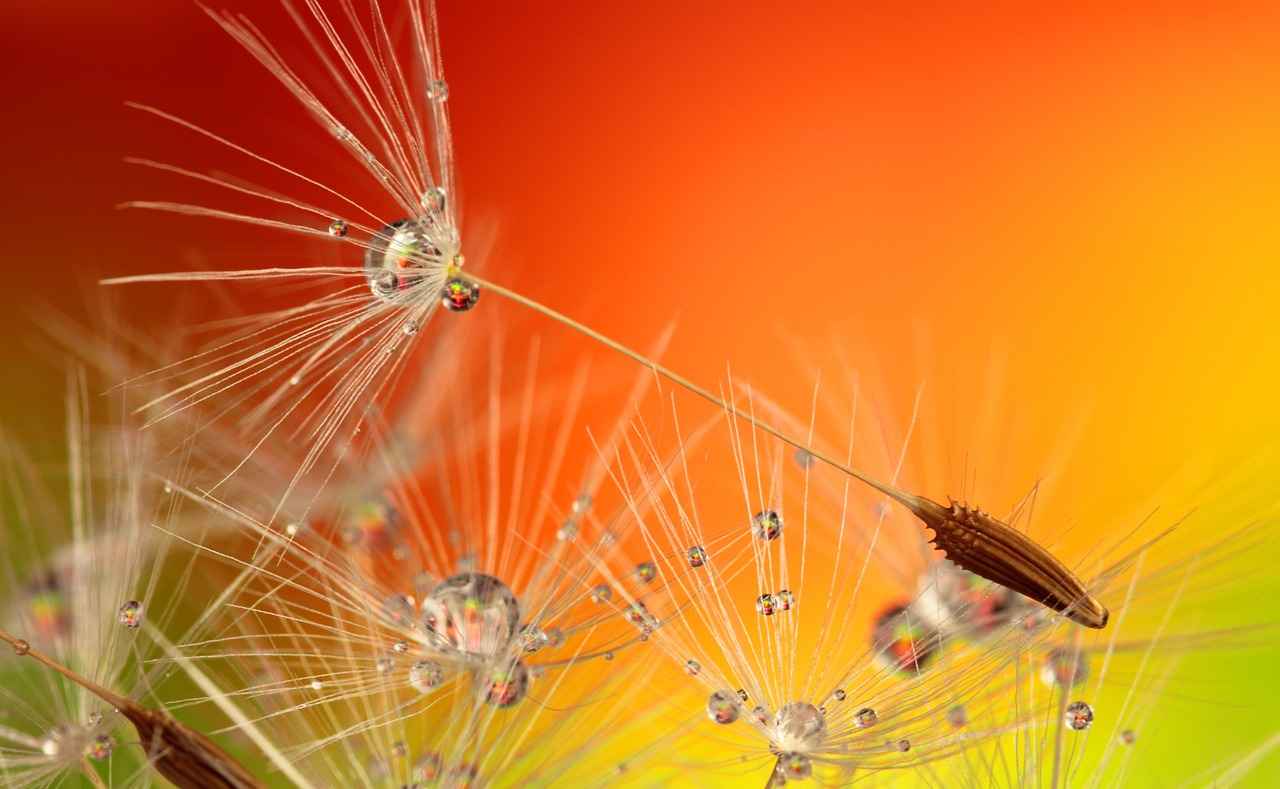
Final Thoughts on Chia Seed Freshness
Understanding the freshness and shelf life of chia seeds is crucial for maximizing their health benefits while minimizing waste. Chia seeds, known for their remarkable nutritional profile, can be a valuable addition to your diet, but only if they are stored properly and consumed while fresh. This article delves into the key factors affecting the freshness of chia seeds and offers practical tips for ensuring their longevity.
Several elements can impact the freshness of chia seeds:
- Exposure to Air: Air can lead to oxidation, which may cause chia seeds to become rancid.
- Light: Direct sunlight can degrade the quality of chia seeds, affecting their nutritional value.
- Moisture: High humidity levels can lead to mold growth and spoilage.
To ensure that you are consuming fresh chia seeds, you can perform a few simple checks:
- Visual Inspection: Examine the seeds for any discoloration or clumping. Fresh chia seeds should have a consistent color and texture.
- Smell Test: Fresh seeds have a mild, nutty aroma. If they emit a rancid or off-putting smell, it’s best to discard them.
- Taste Test: A small taste can also reveal freshness. Fresh chia seeds should have a pleasant, slightly nutty flavor.
Proper storage is essential for maintaining the quality of chia seeds. Here are some effective methods:
- Airtight Containers: Store chia seeds in airtight containers to prevent exposure to air and moisture. Glass jars or vacuum-sealed bags are excellent choices.
- Cool, Dark Places: Keep your chia seeds in a cool, dark area, such as a pantry or cupboard, away from light and heat sources.
- Refrigeration: For long-term storage, consider refrigerating chia seeds. This can help prolong their freshness significantly.
- Freezing: If you buy chia seeds in bulk, freezing them is an option. Just ensure they are sealed tightly to prevent moisture intrusion.
While consuming expired chia seeds may not pose immediate health risks, their nutritional value may be compromised. It’s advisable to assess their quality through the checks mentioned earlier before deciding to use them in your meals.
Fresh chia seeds are packed with nutrients, offering numerous health benefits, including:
- Improved Digestion: Their high fiber content aids in digestion and promotes gut health.
- Heart Health: Omega-3 fatty acids found in chia seeds can help reduce inflammation and support cardiovascular health.
- Weight Management: Chia seeds can absorb water and expand in your stomach, promoting a feeling of fullness and reducing overall calorie intake.
Chia seeds are incredibly versatile and can be easily added to various dishes, enhancing both texture and nutritional content. Consider adding them to:
- Smoothies
- Puddings
- Salads
- Baked goods
By understanding the freshness indicators and proper storage methods for chia seeds, you can enjoy their health benefits while minimizing waste. Regular checks and mindful storage practices are key to maintaining the quality of these nutrient-dense seeds.
Frequently Asked Questions
- Do chia seeds expire?
Yes, chia seeds can expire, but they have a long shelf life if stored properly. Typically, they last for several years when kept in a cool, dark place.
- How can I tell if my chia seeds are still fresh?
To determine freshness, check for any discoloration or clumping. Fresh chia seeds should be uniform in color and free from foreign particles. Additionally, if they smell rancid or have an off taste, it’s best to discard them.
- What affects the shelf life of chia seeds?
Several factors can impact chia seeds’ longevity, including exposure to air, light, and moisture. Proper storage in airtight containers can significantly extend their shelf life.
- Can I use expired chia seeds?
While using expired chia seeds may not pose health risks, their nutritional value may diminish. Always assess their quality before consumption.
- What are the health benefits of fresh chia seeds?
Fresh chia seeds are packed with nutrients that promote improved digestion, heart health, and weight management. They are a fantastic addition to your diet!
